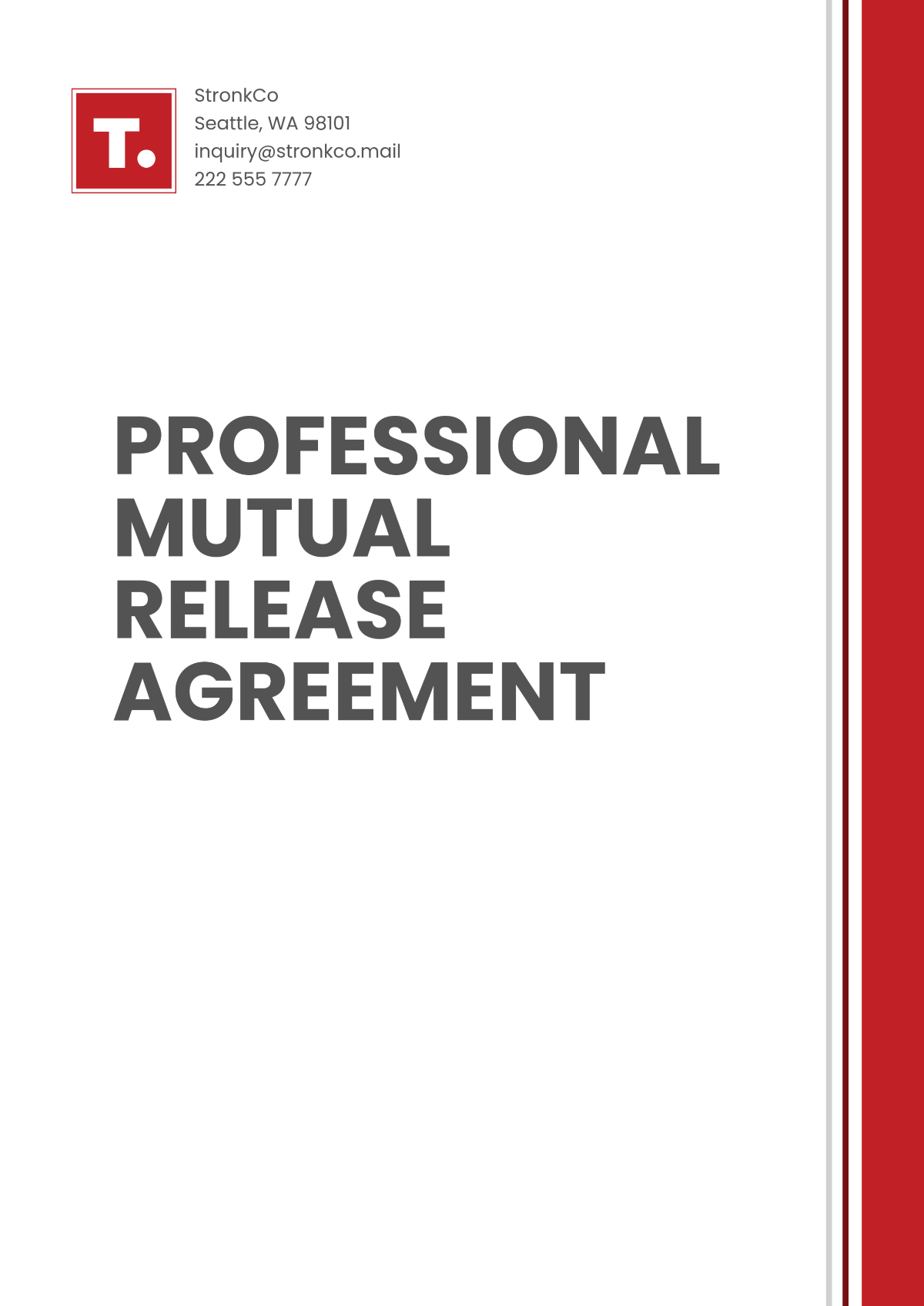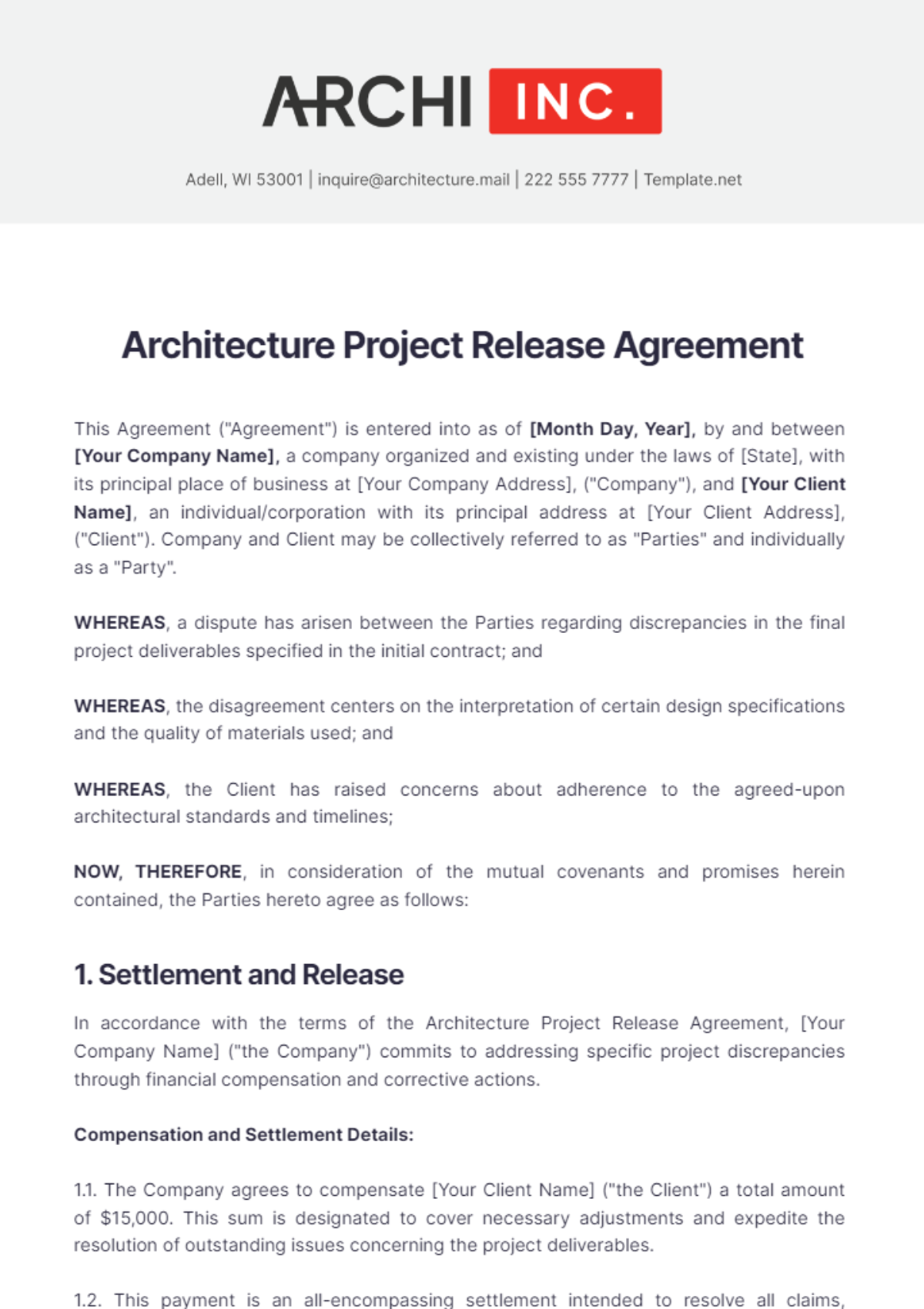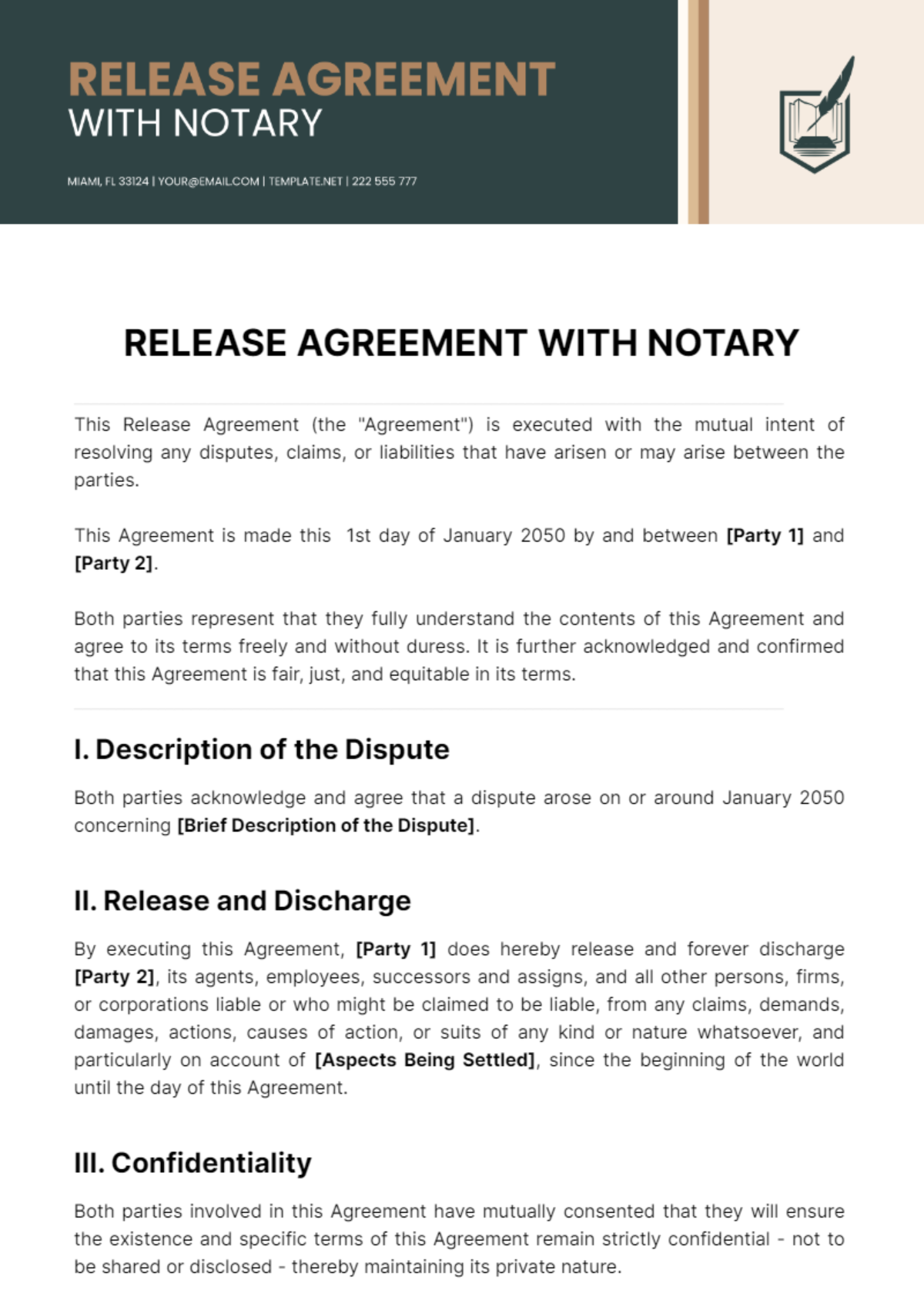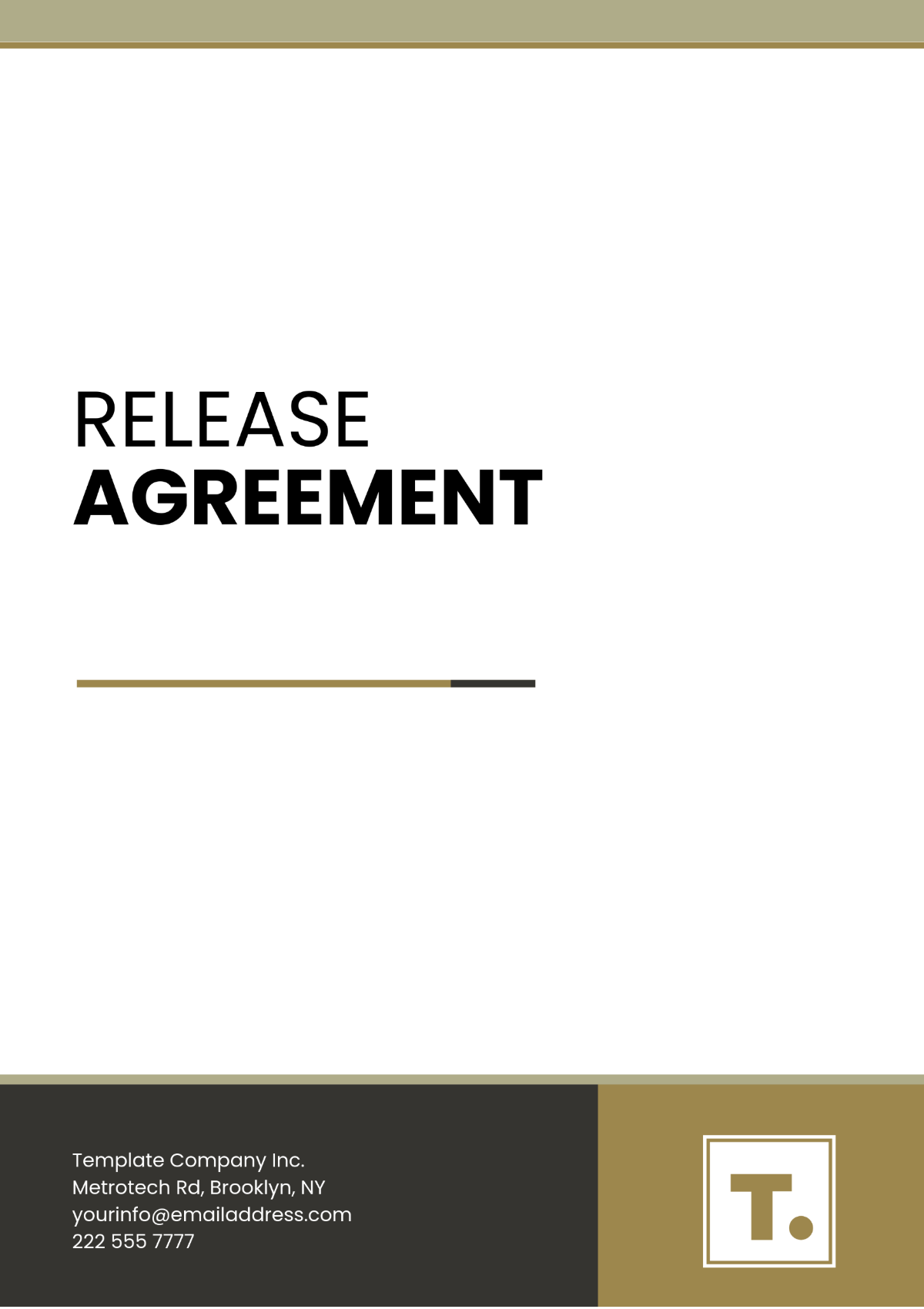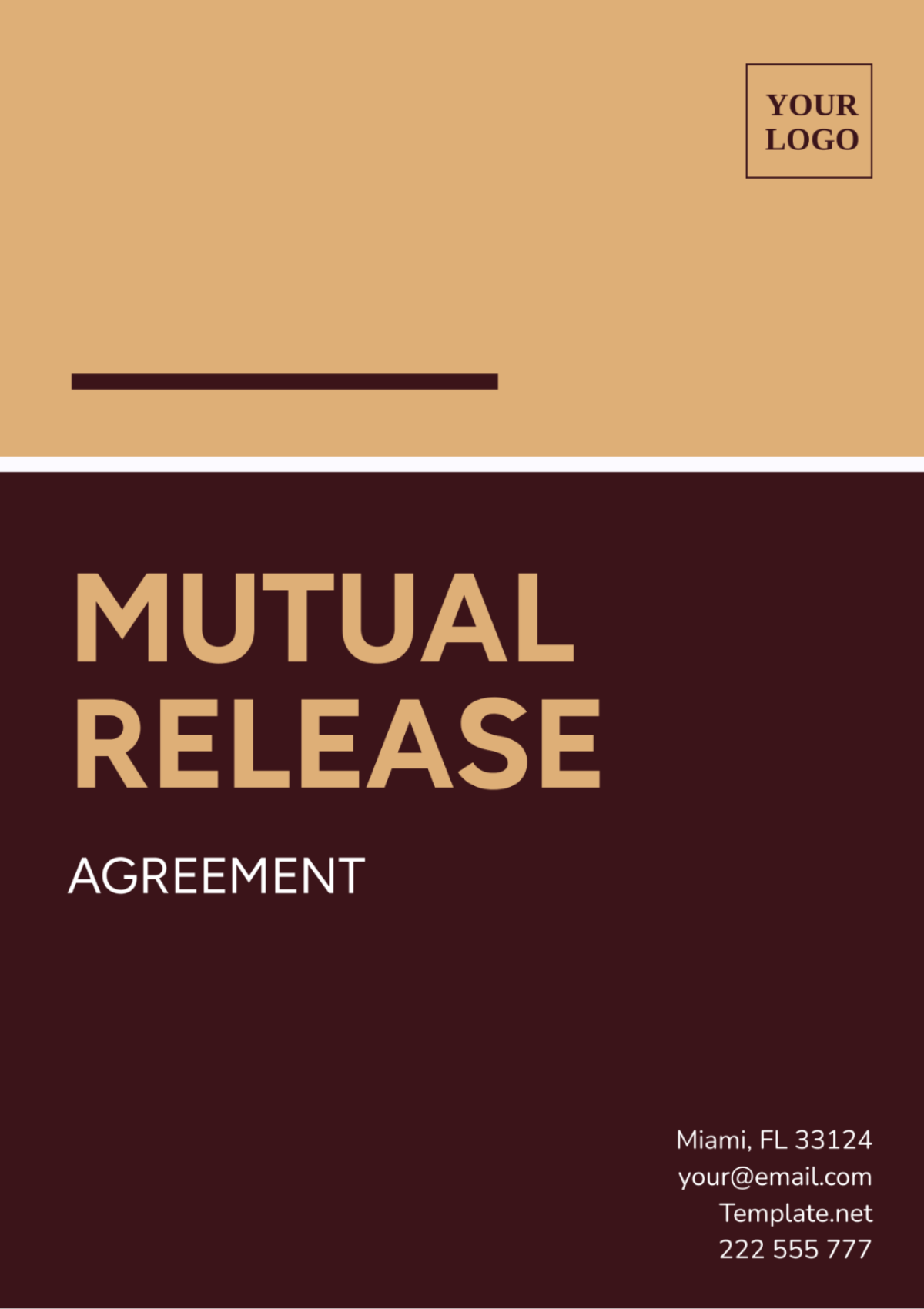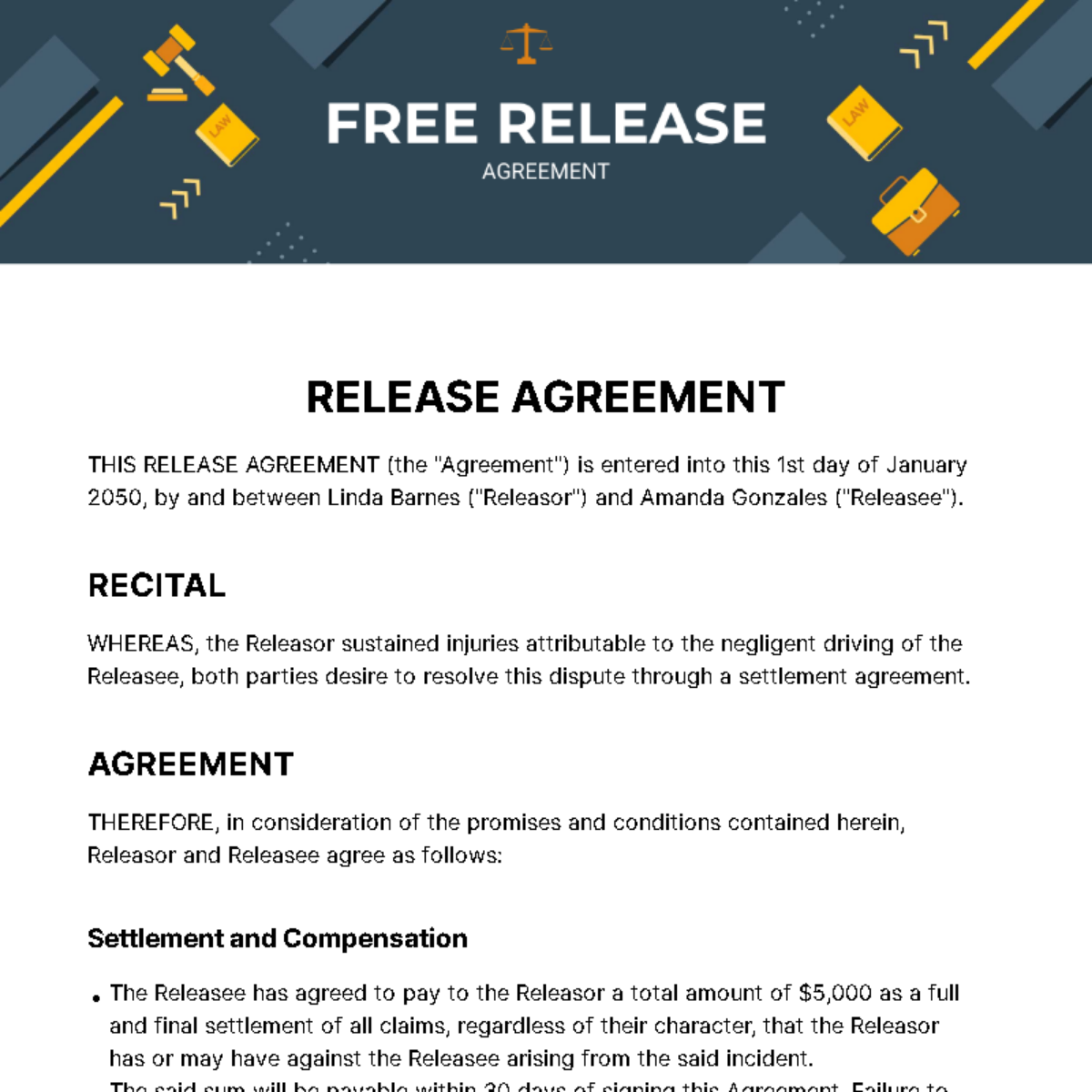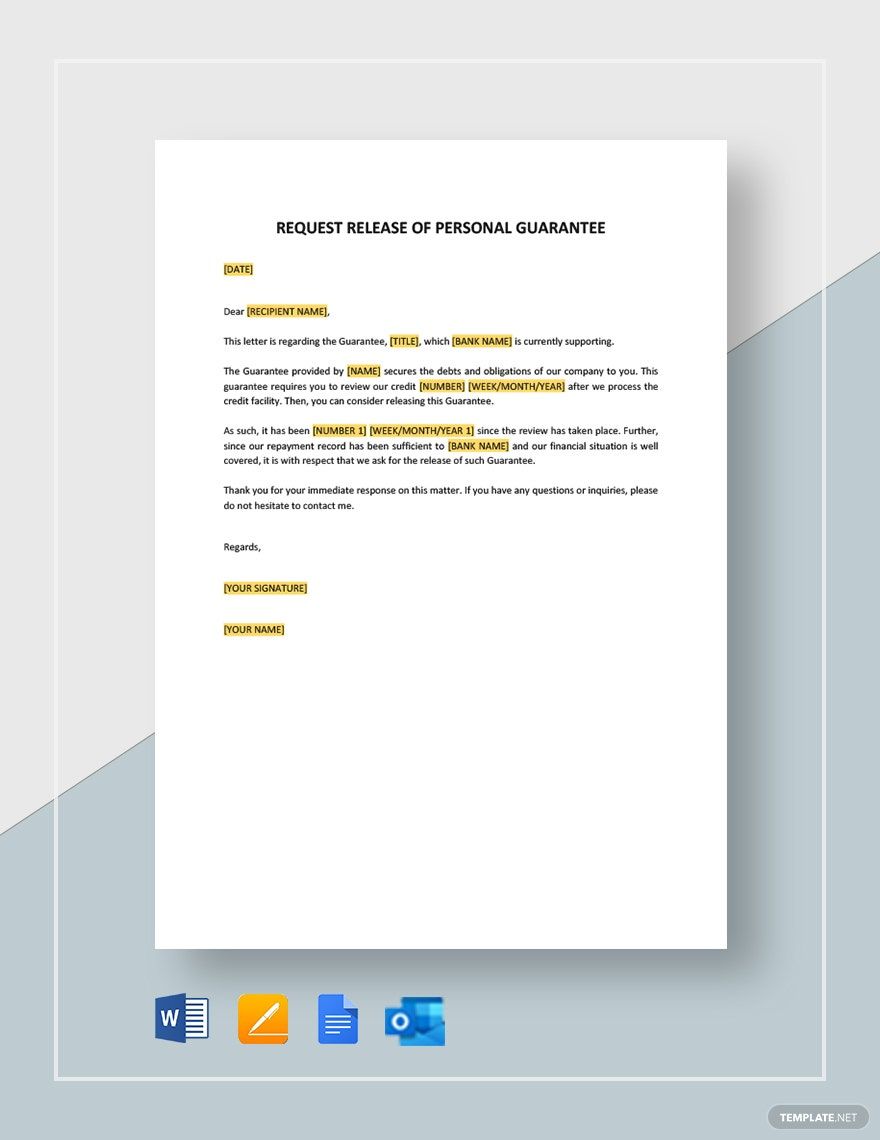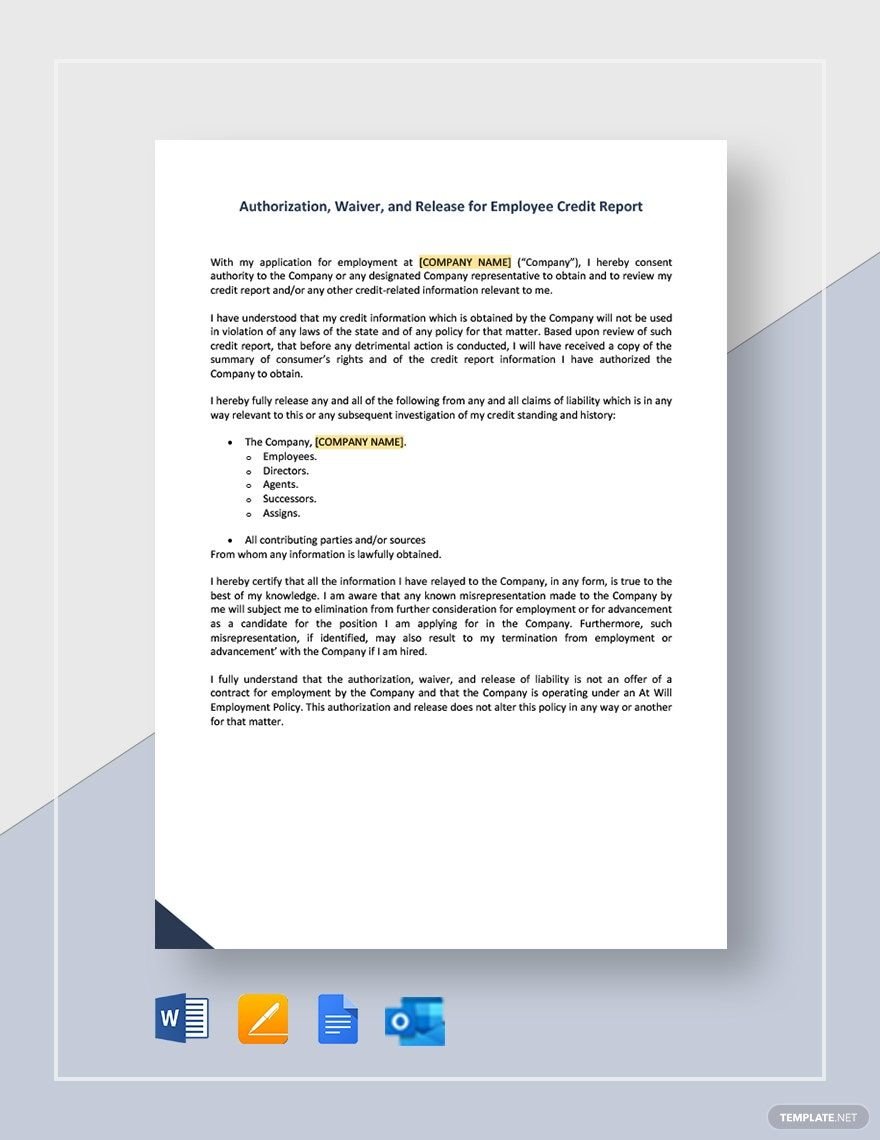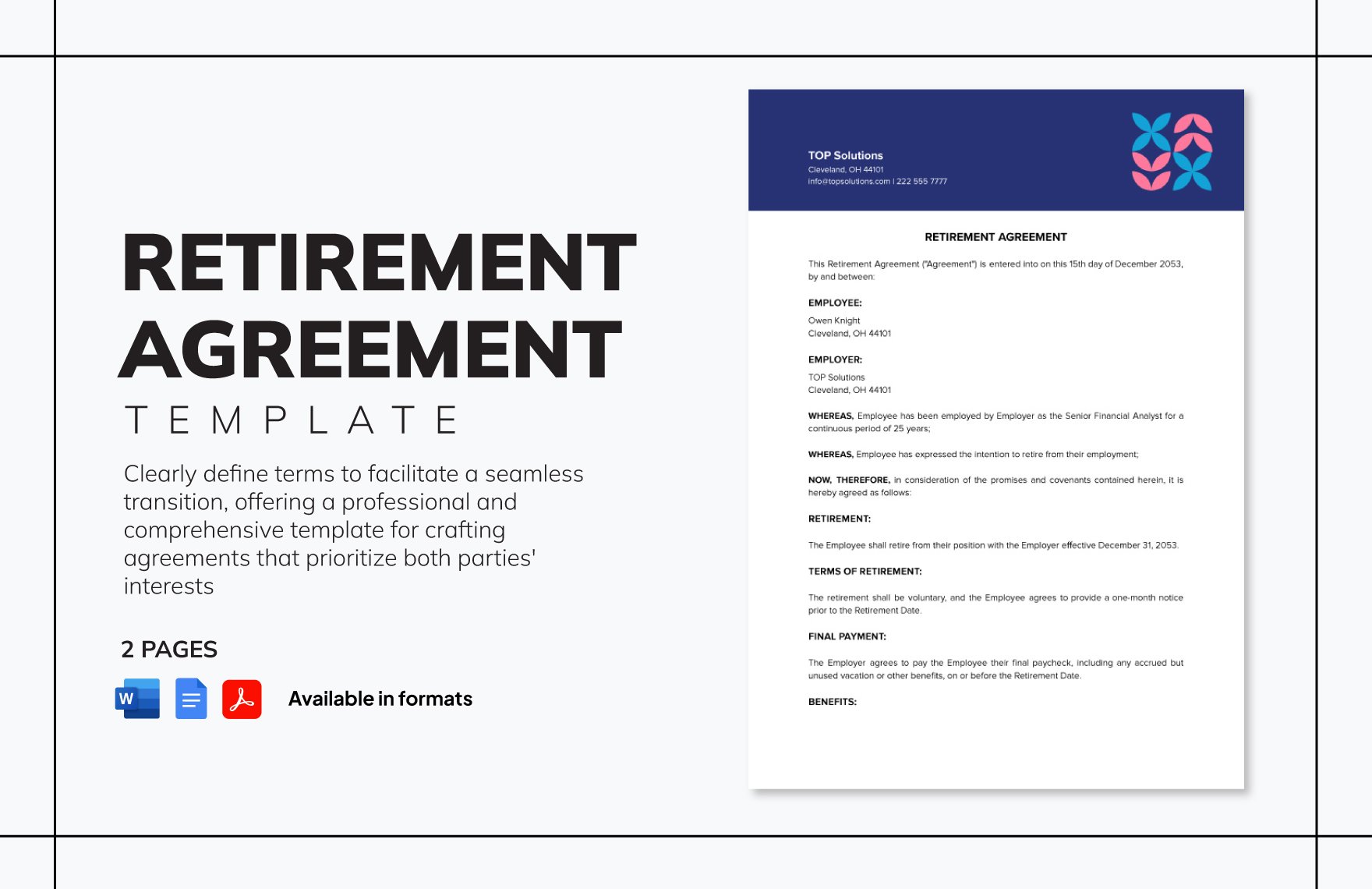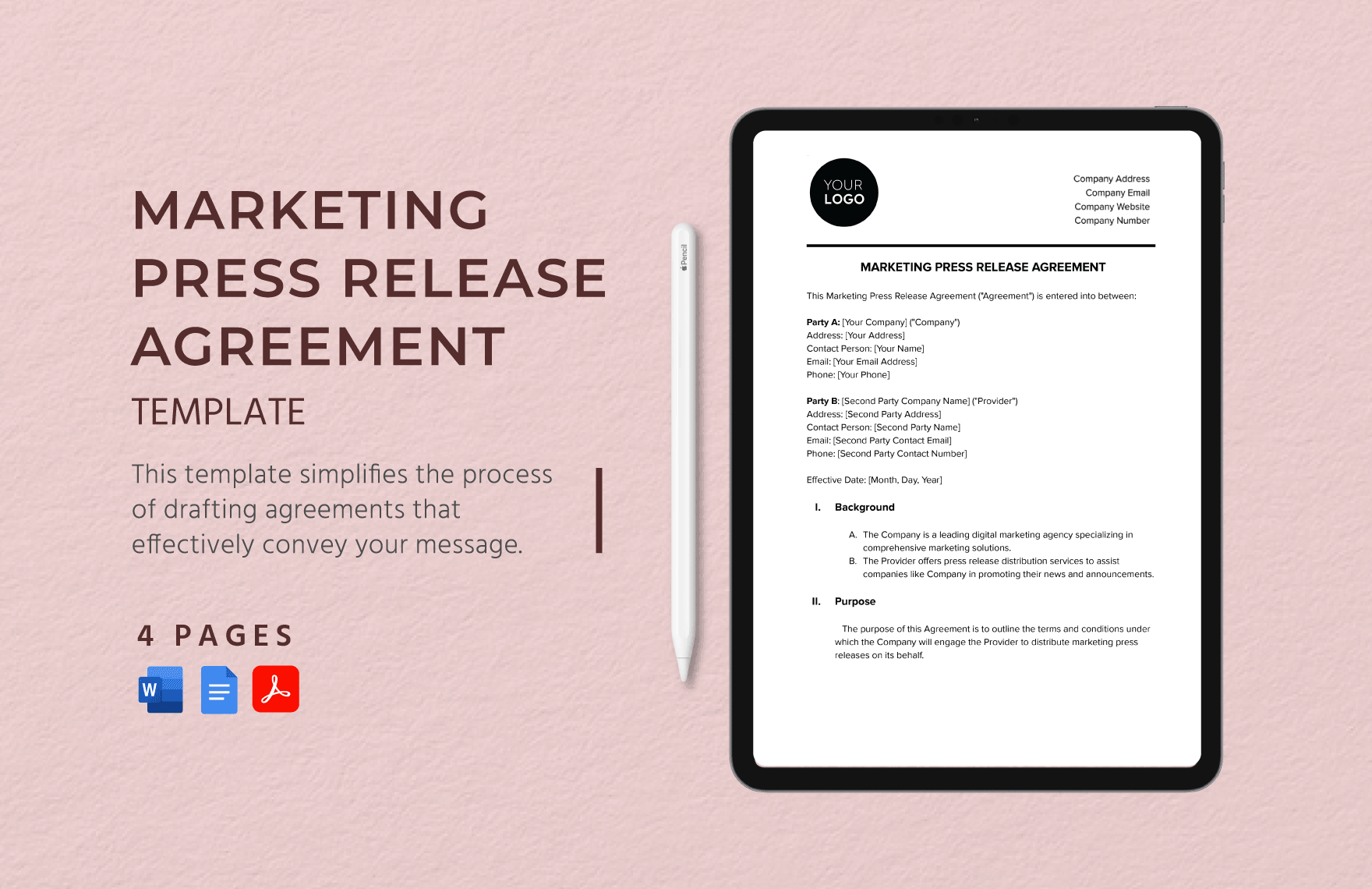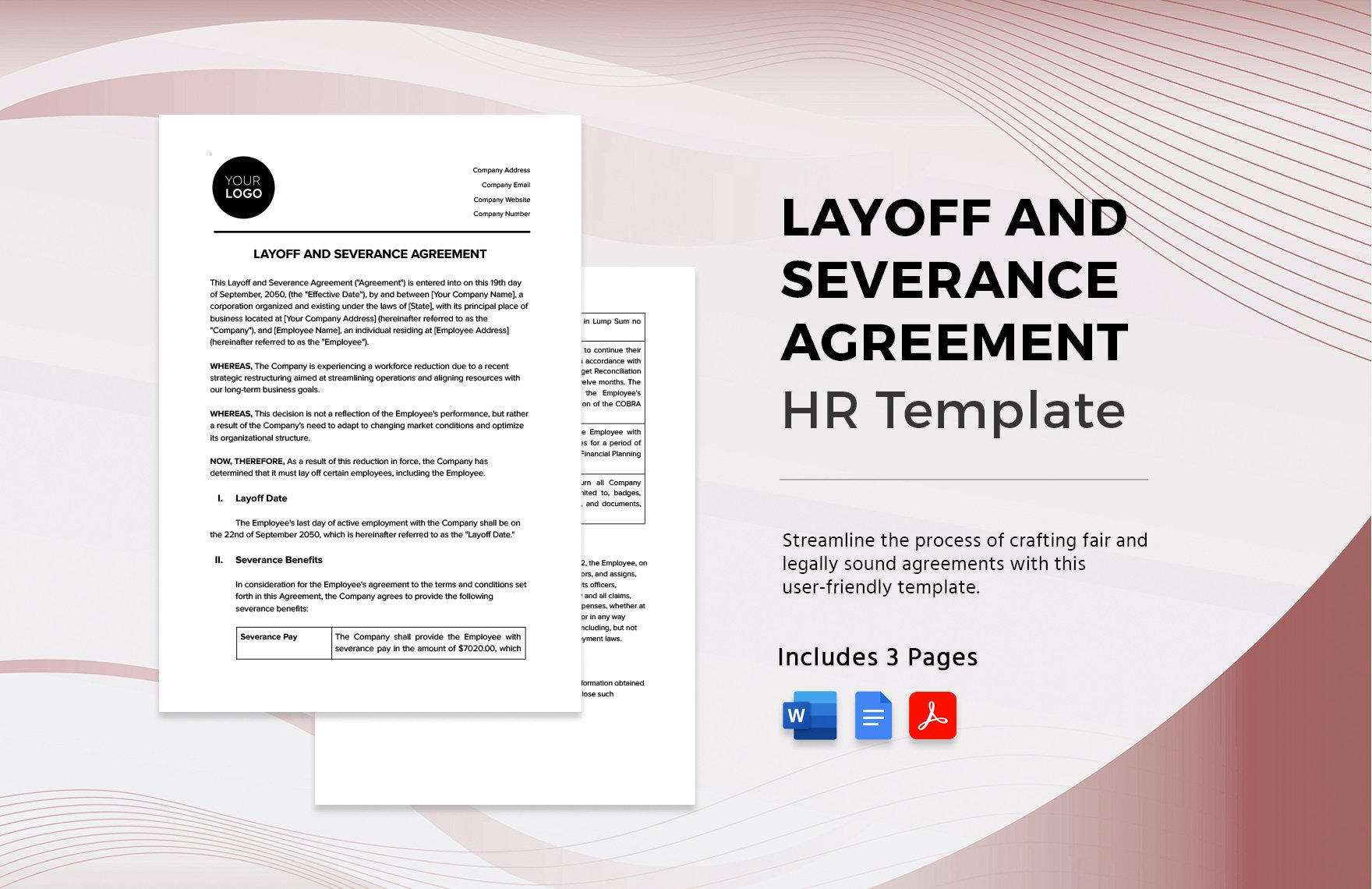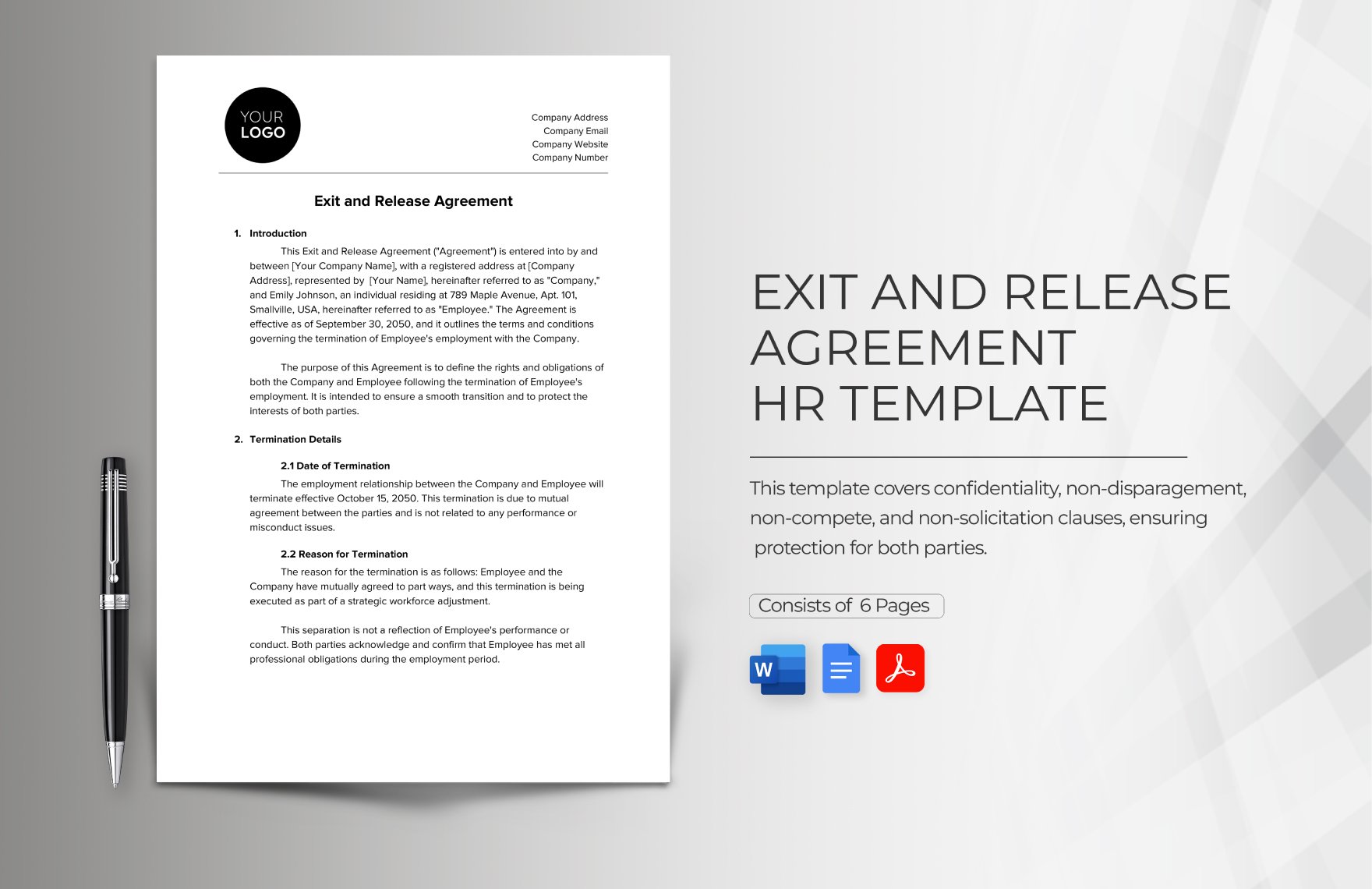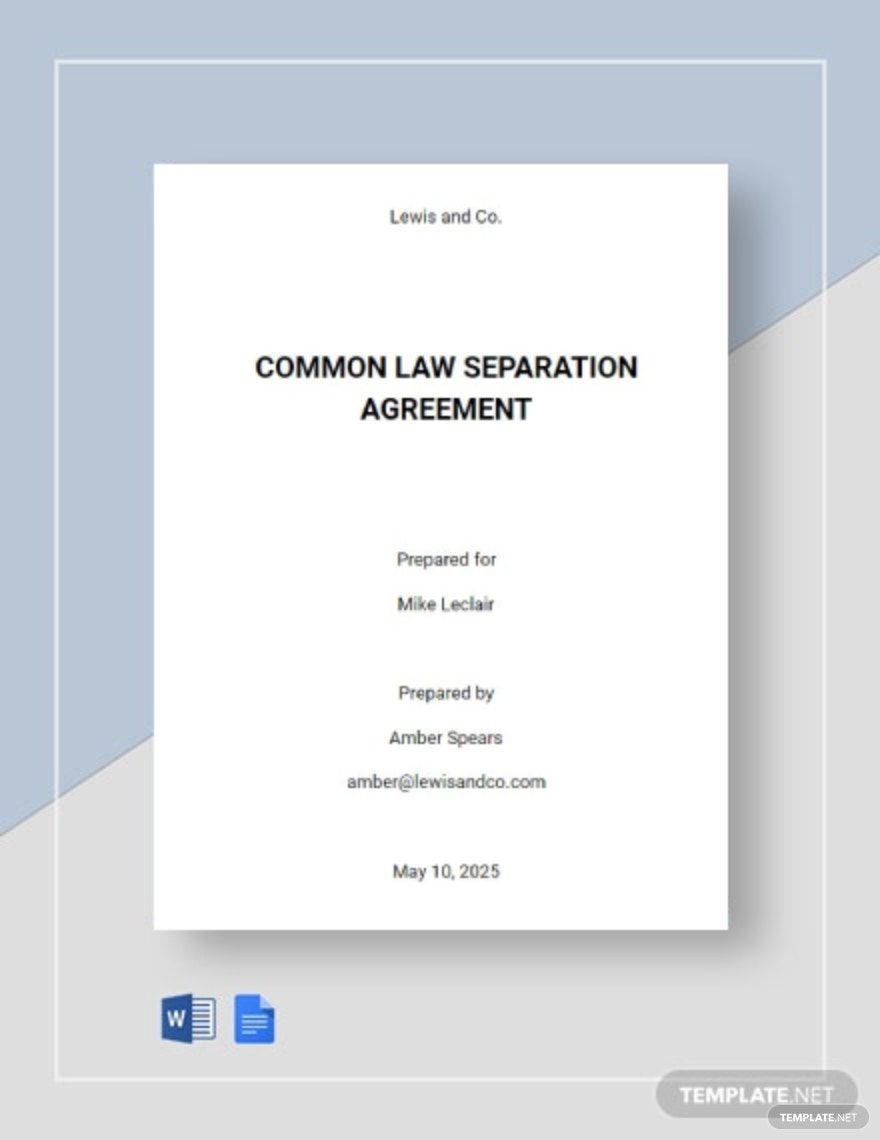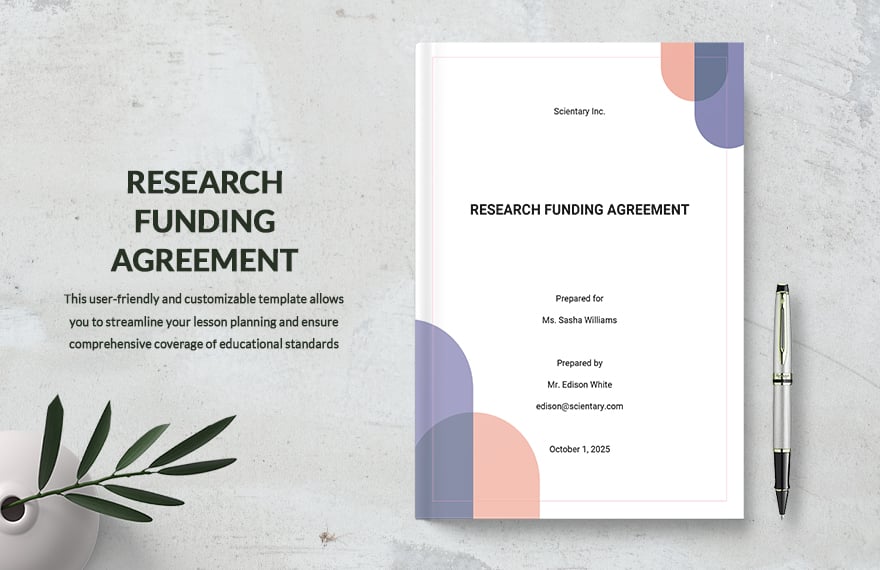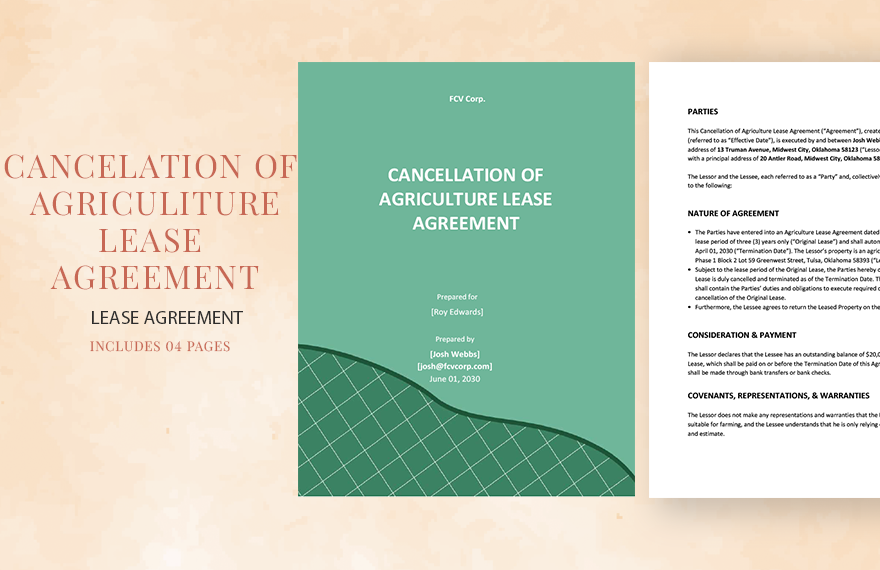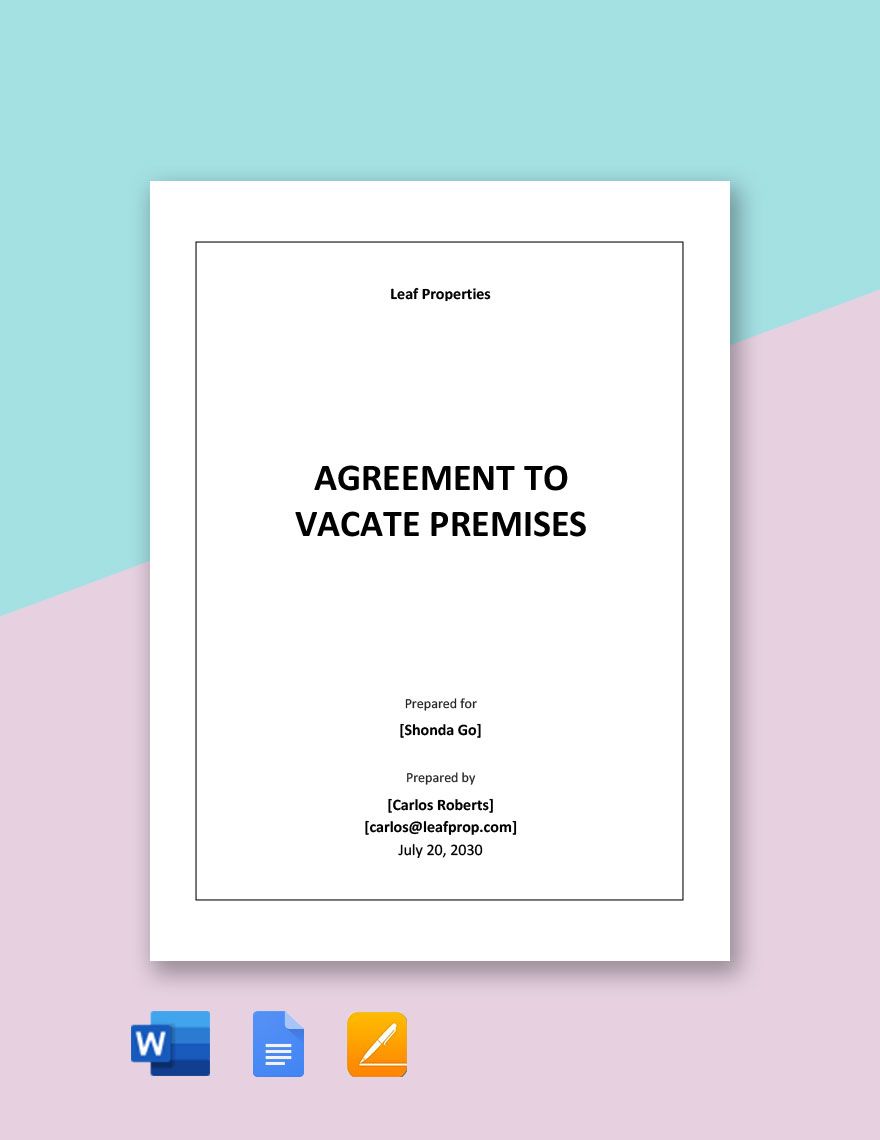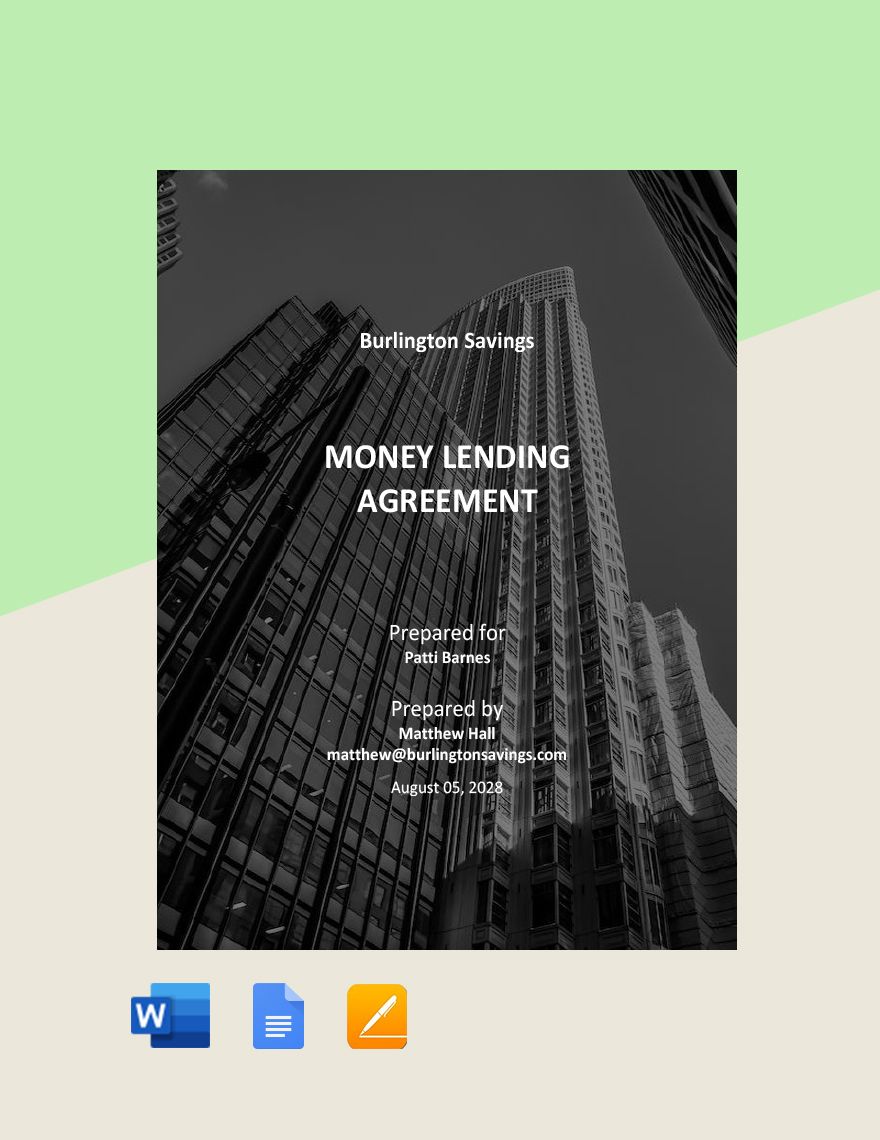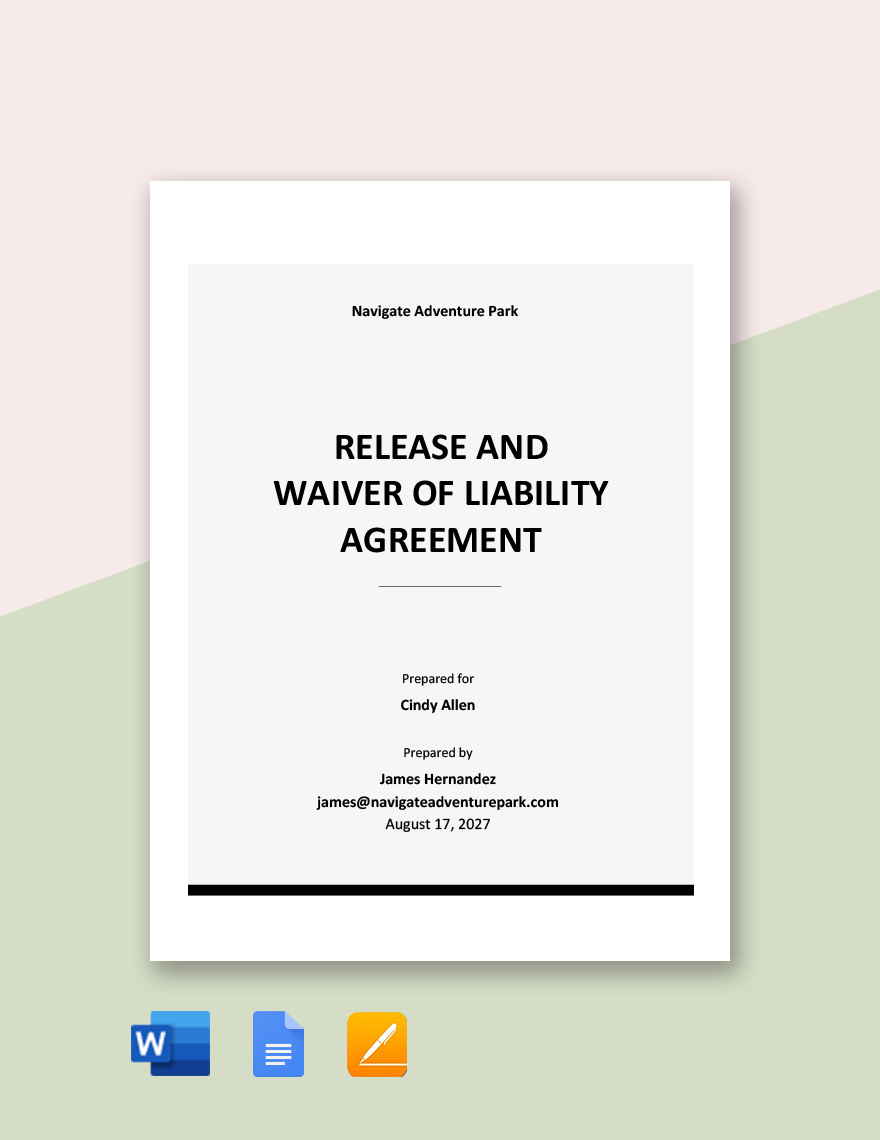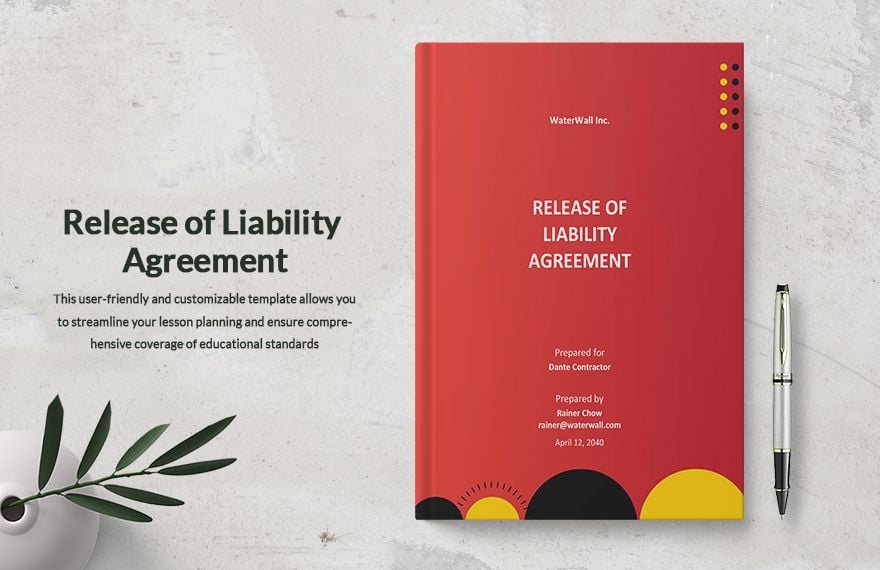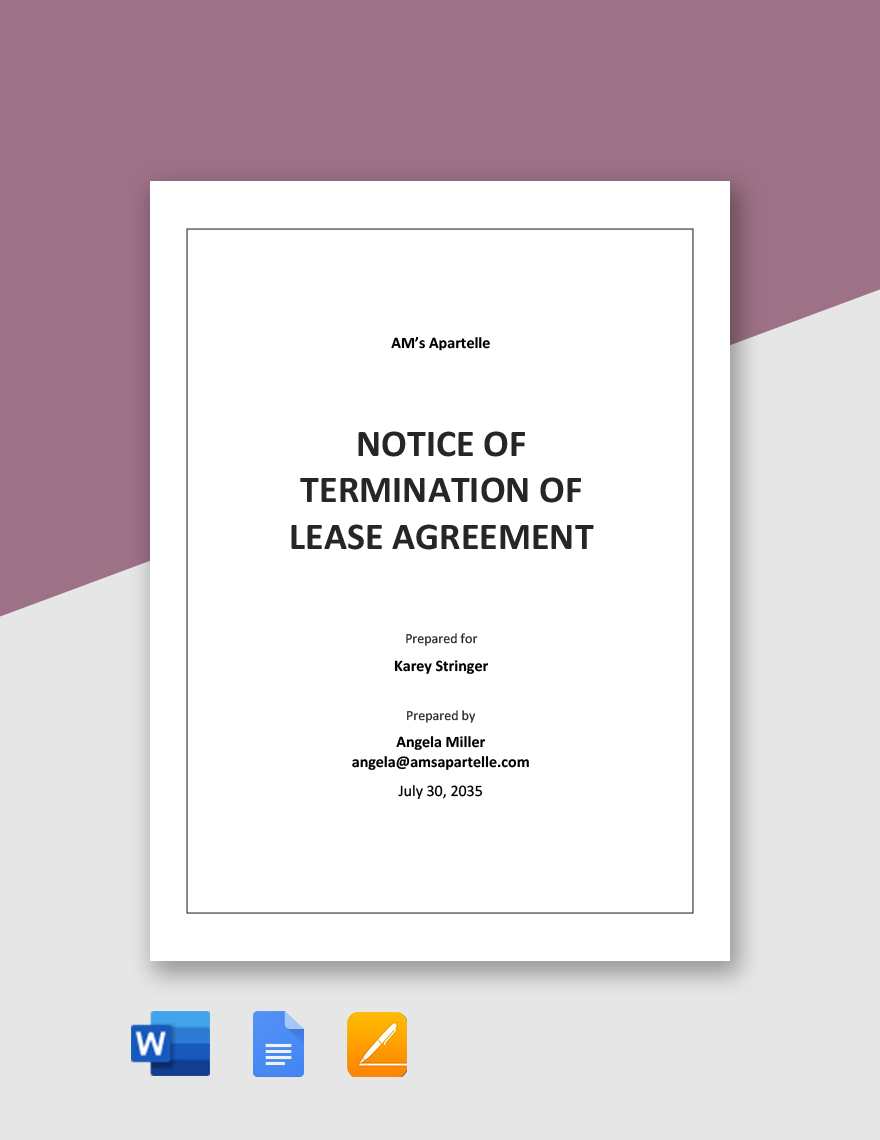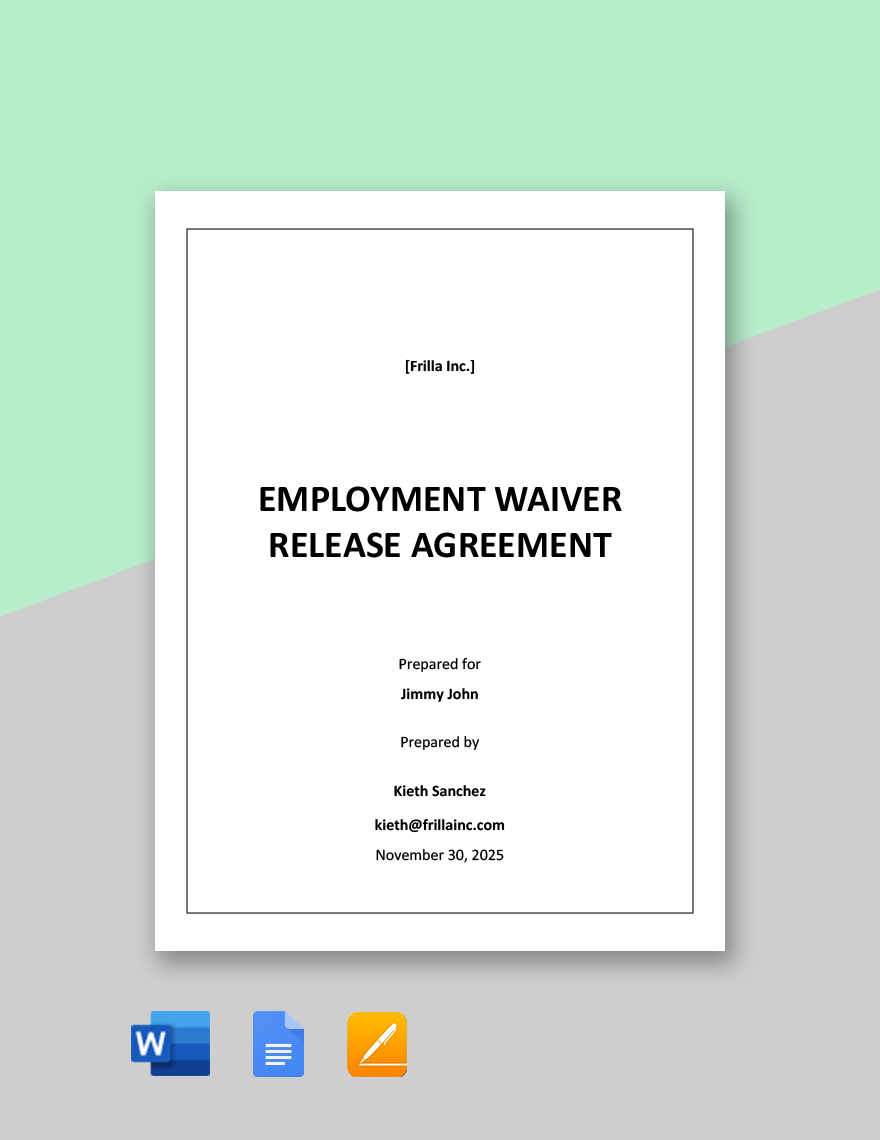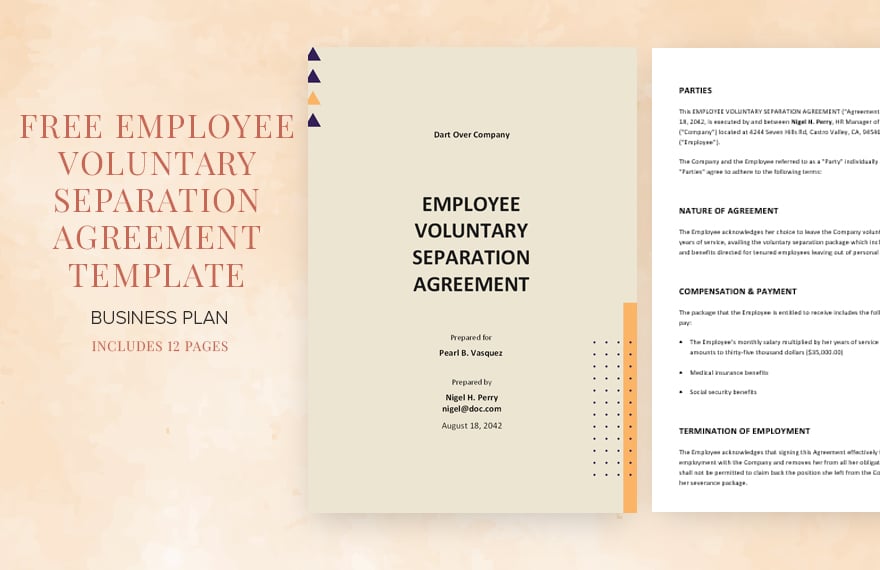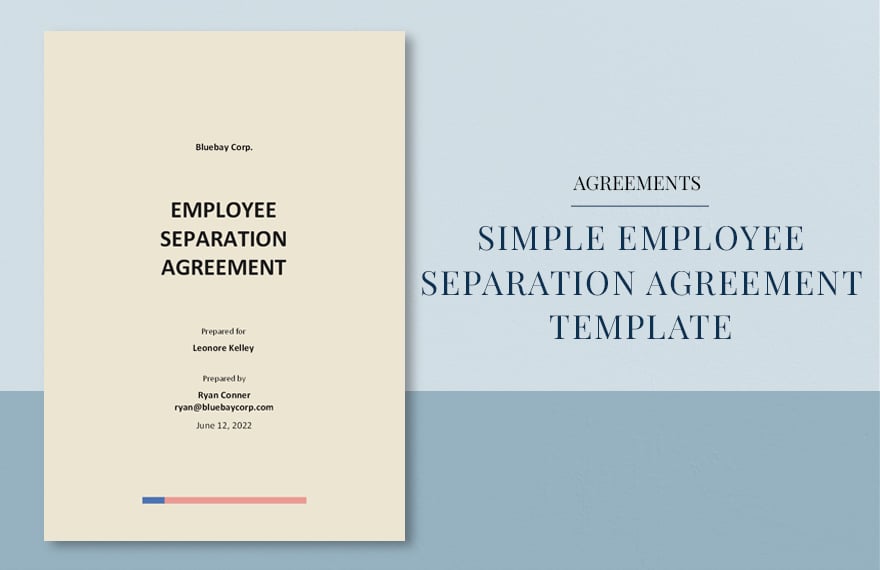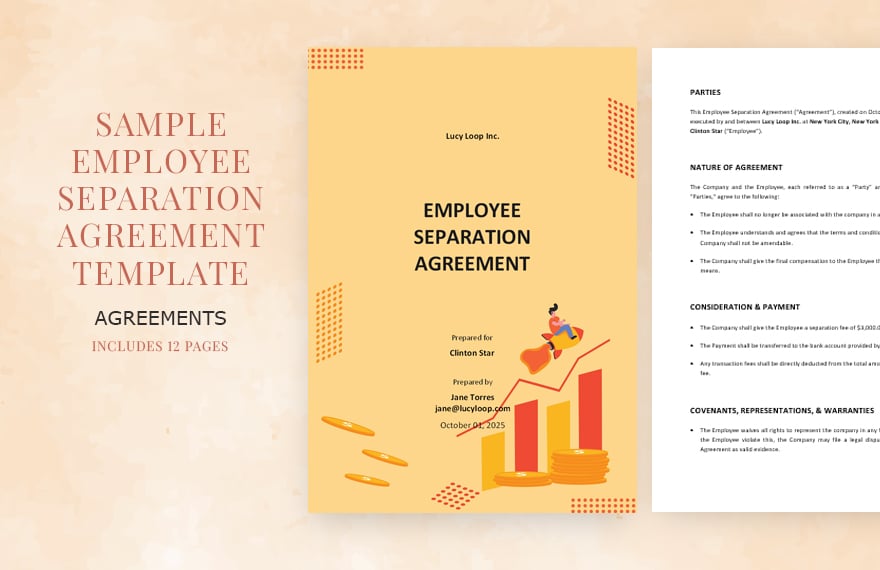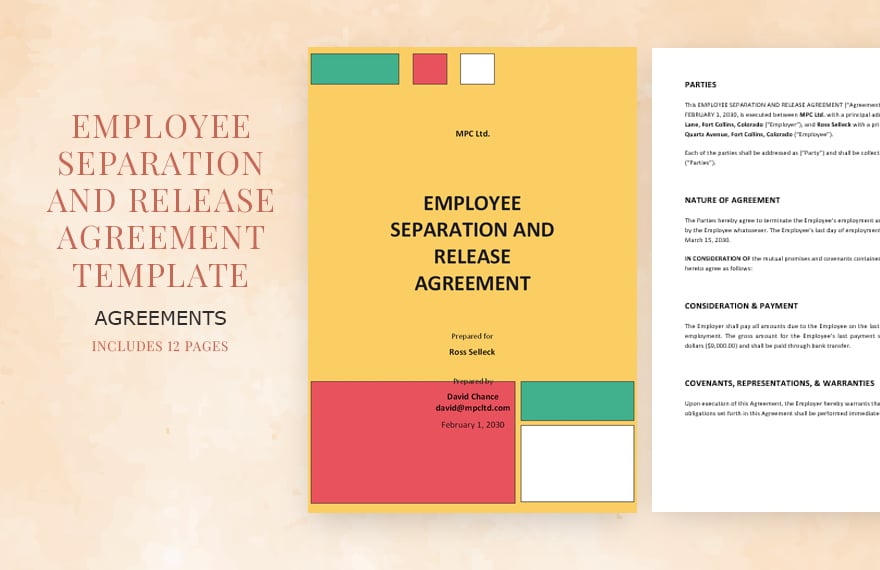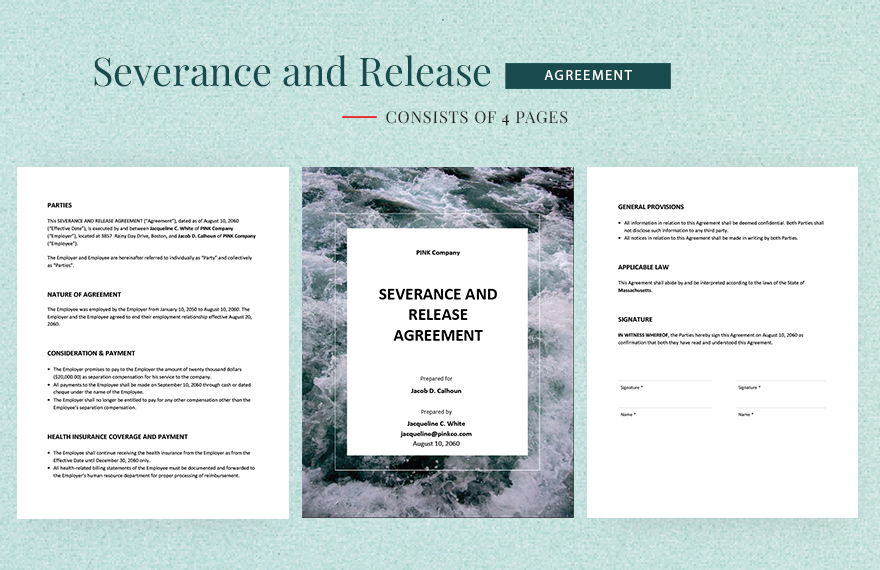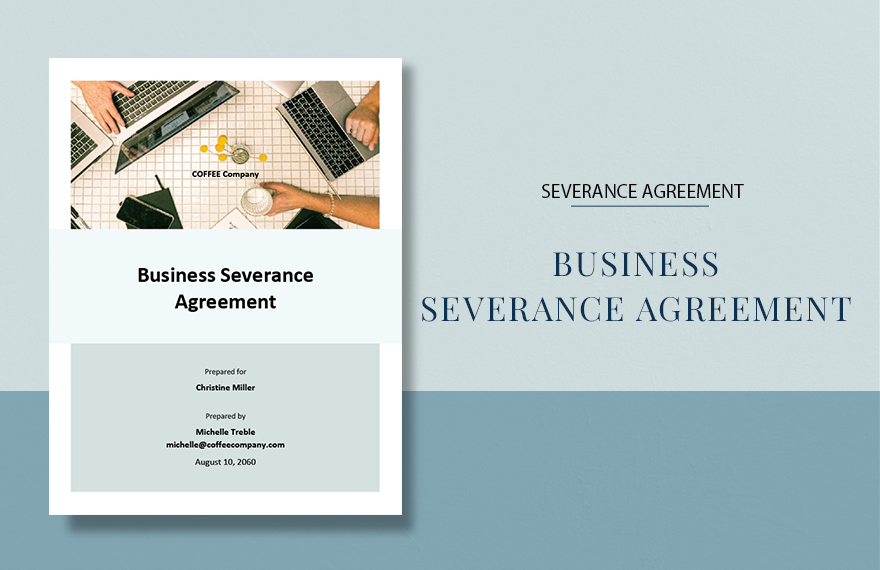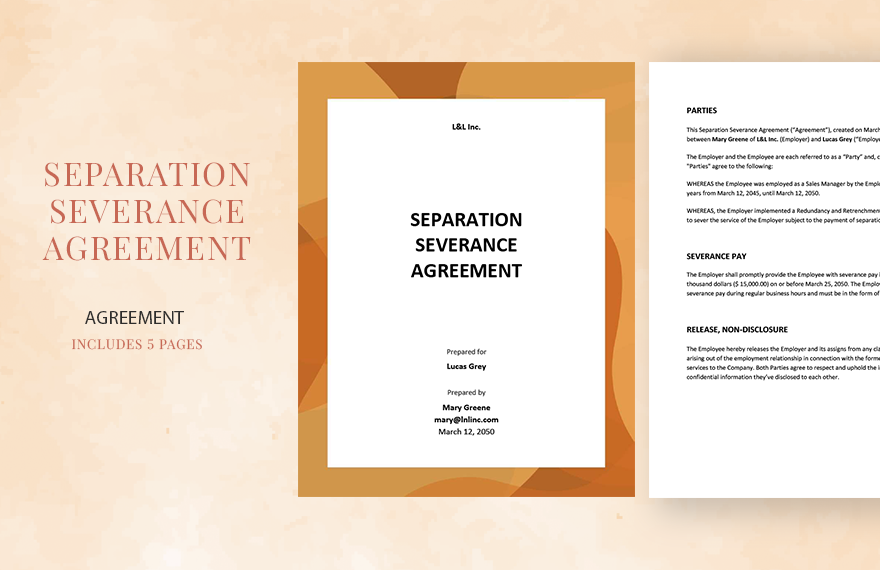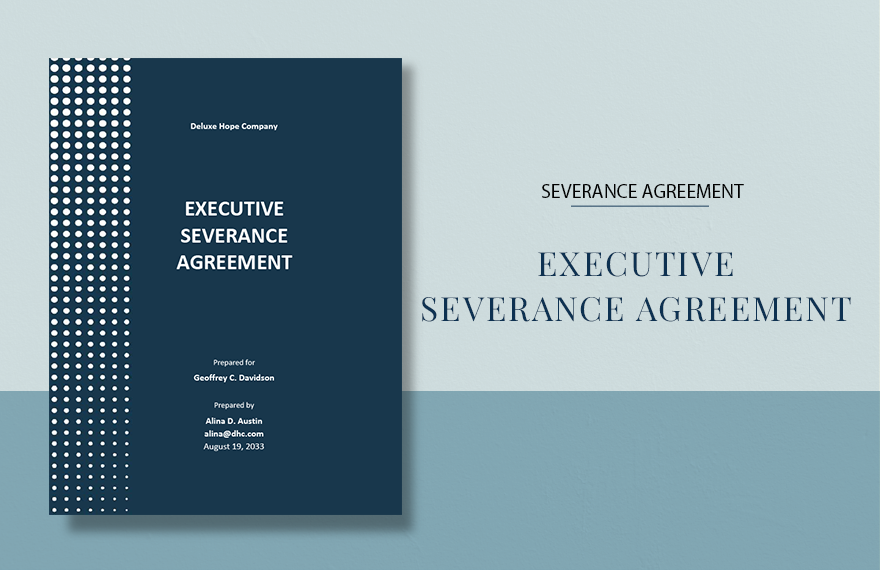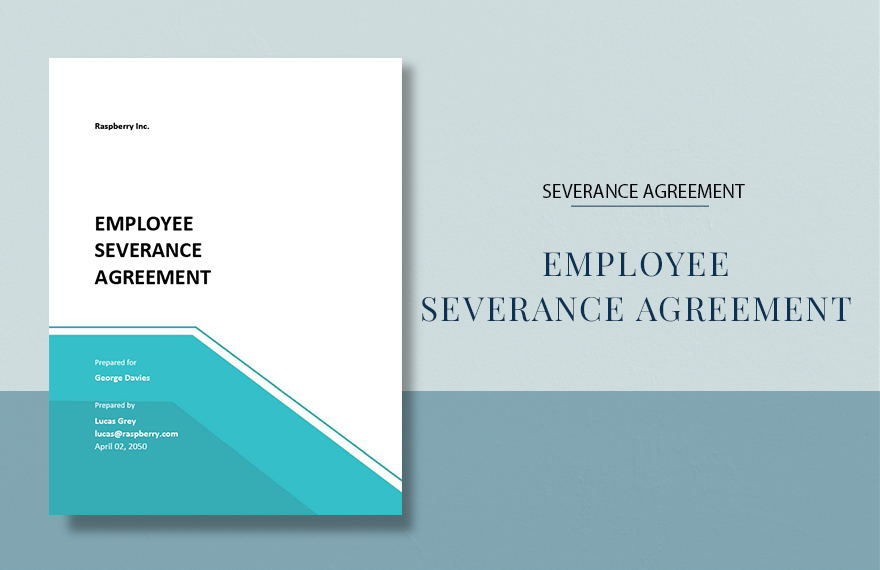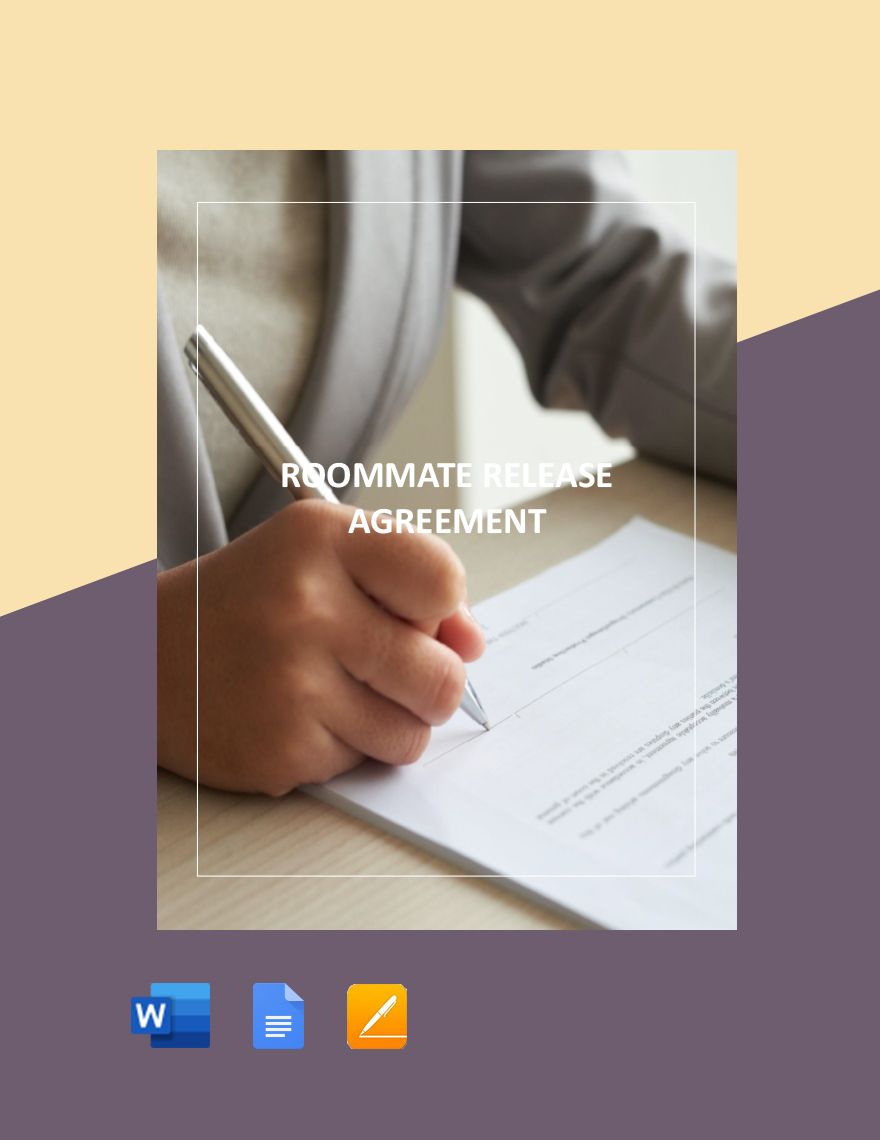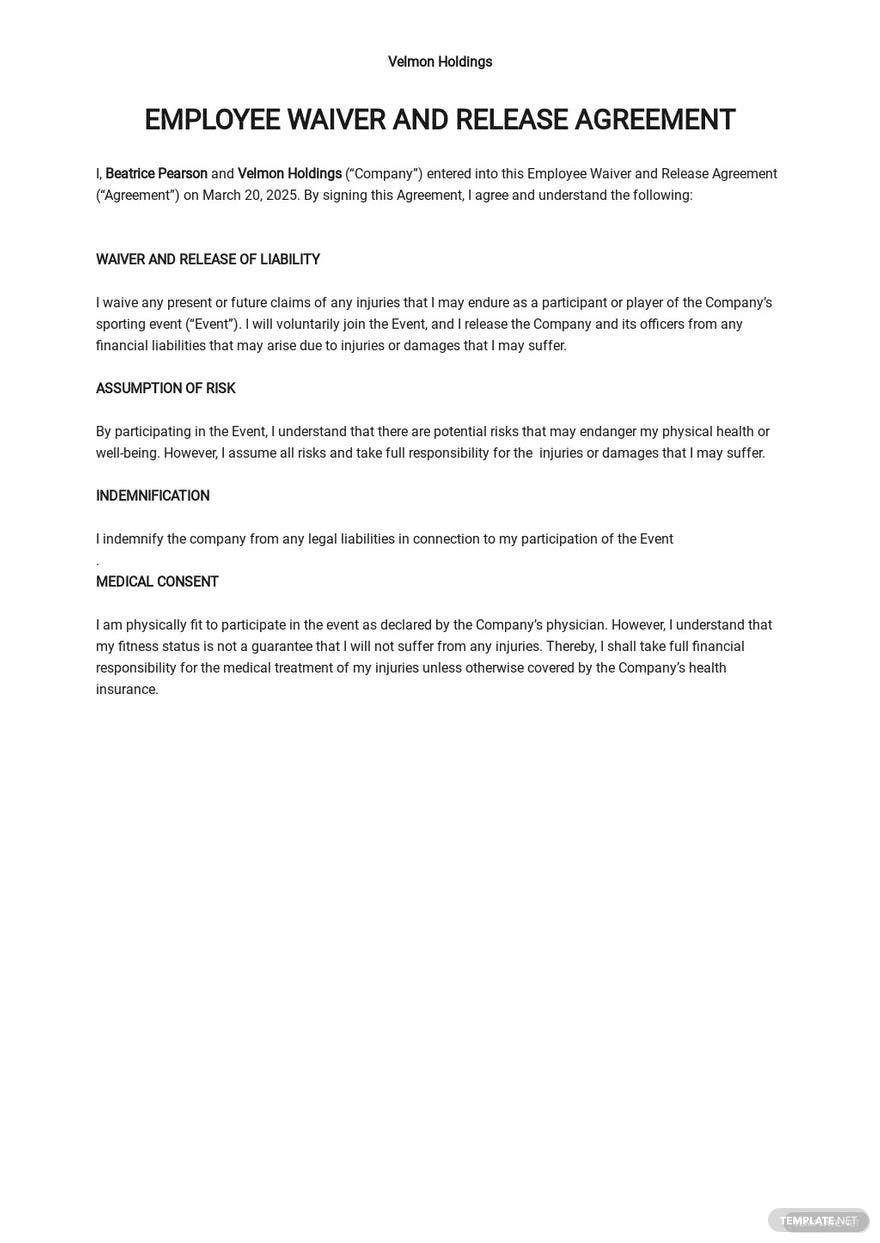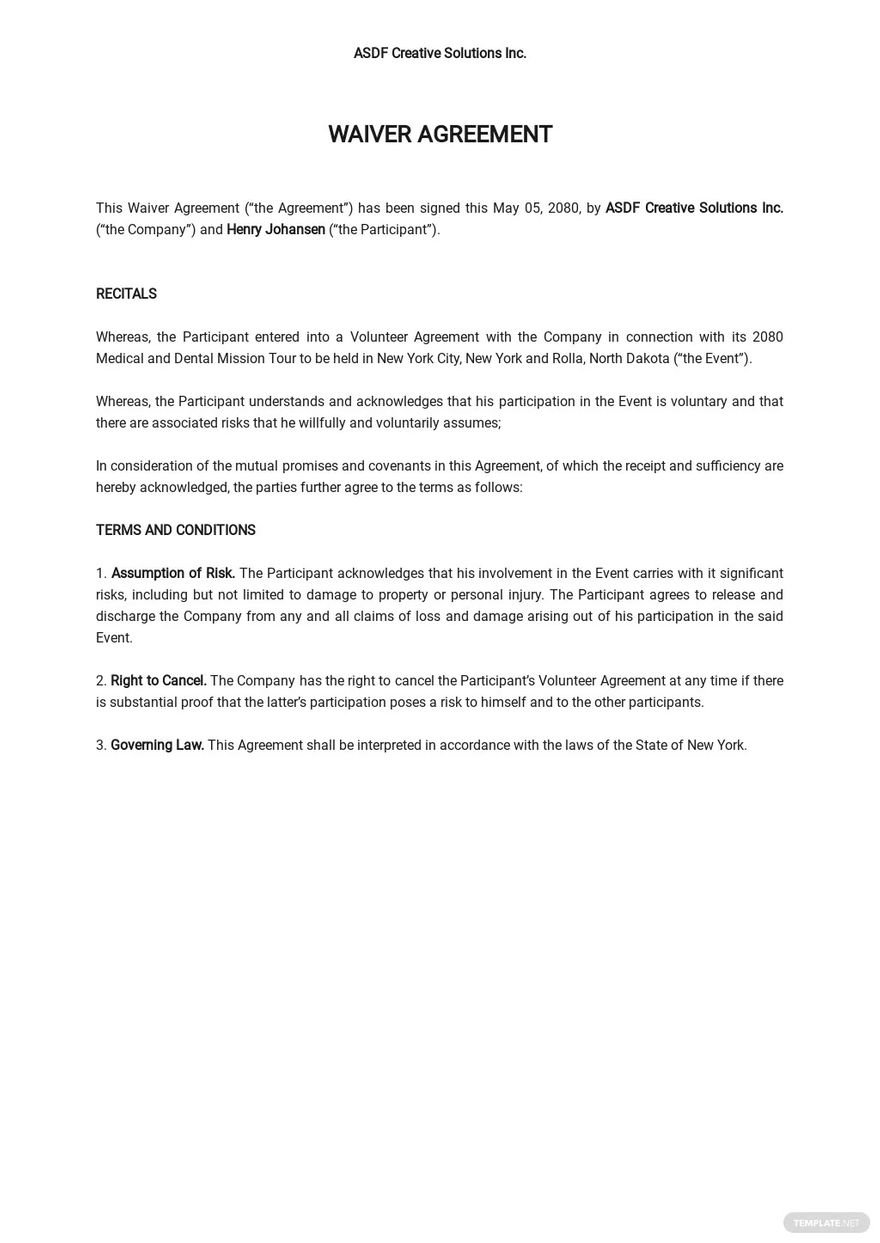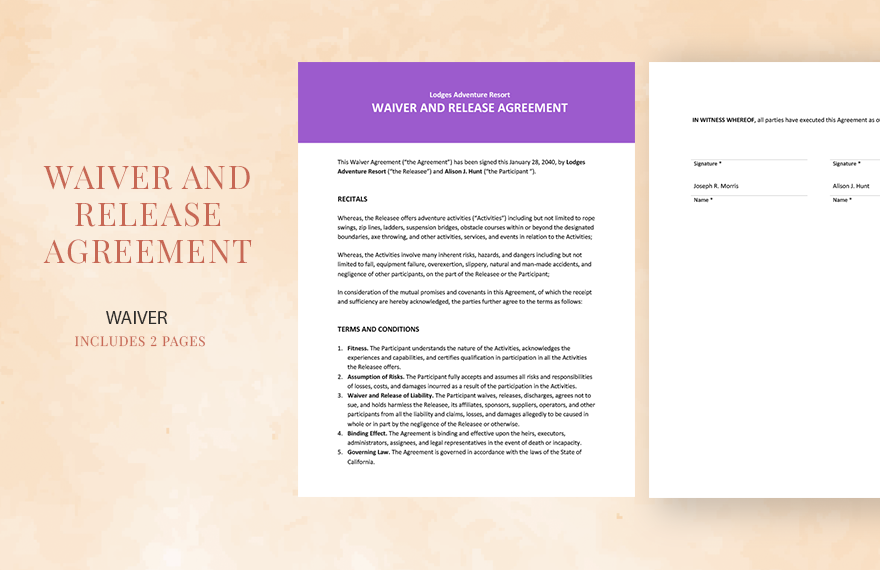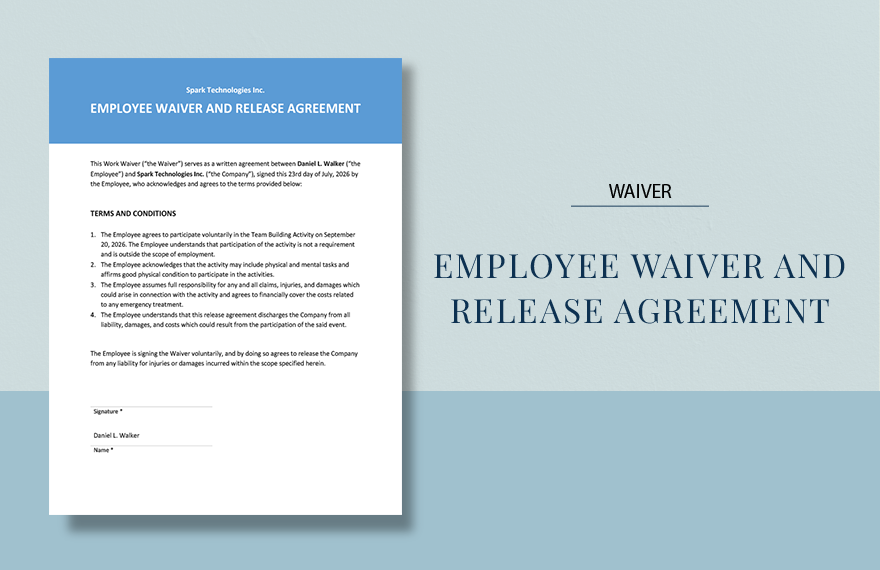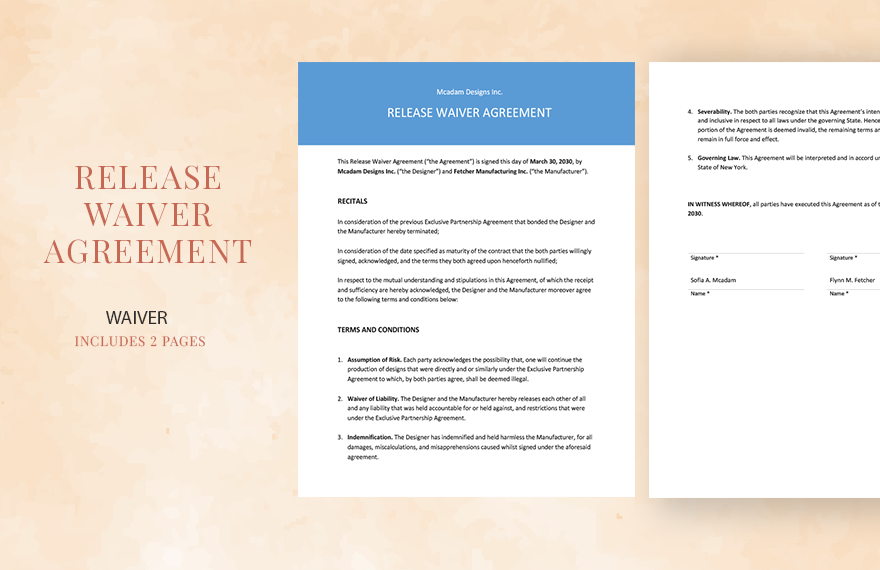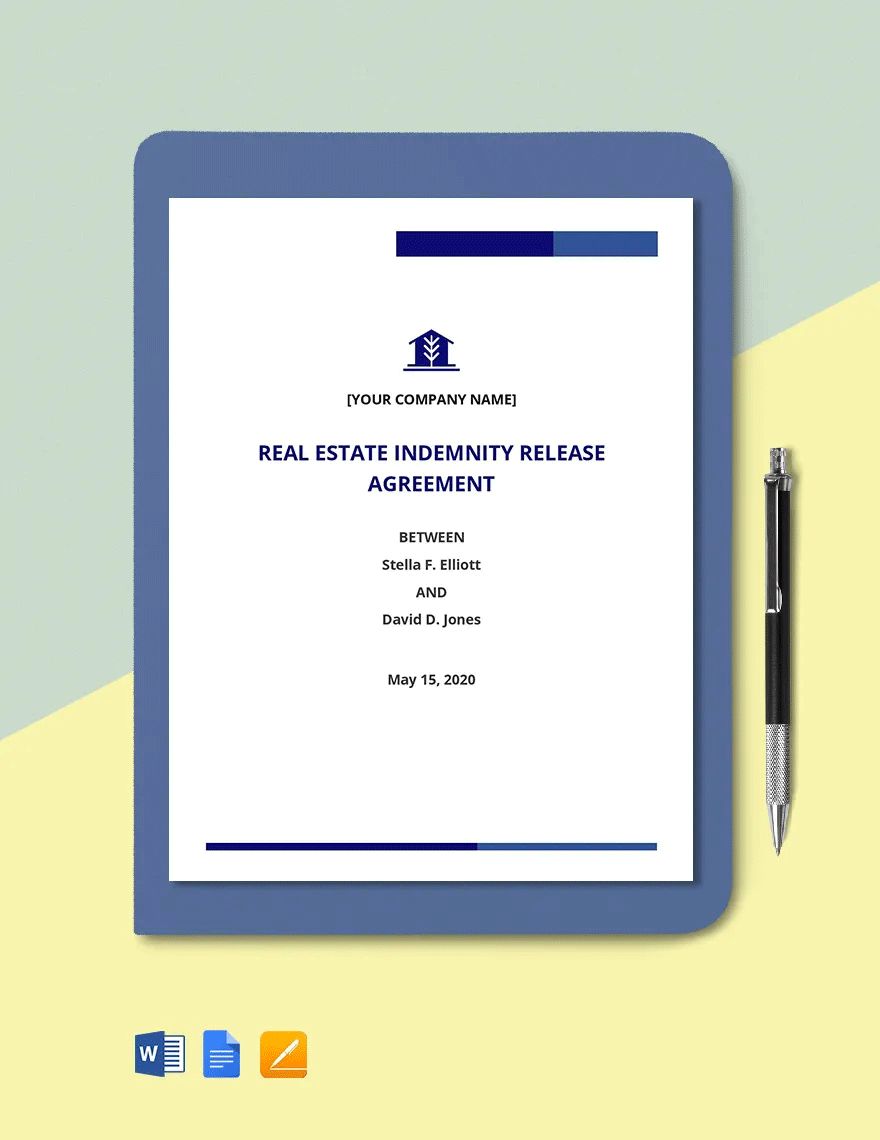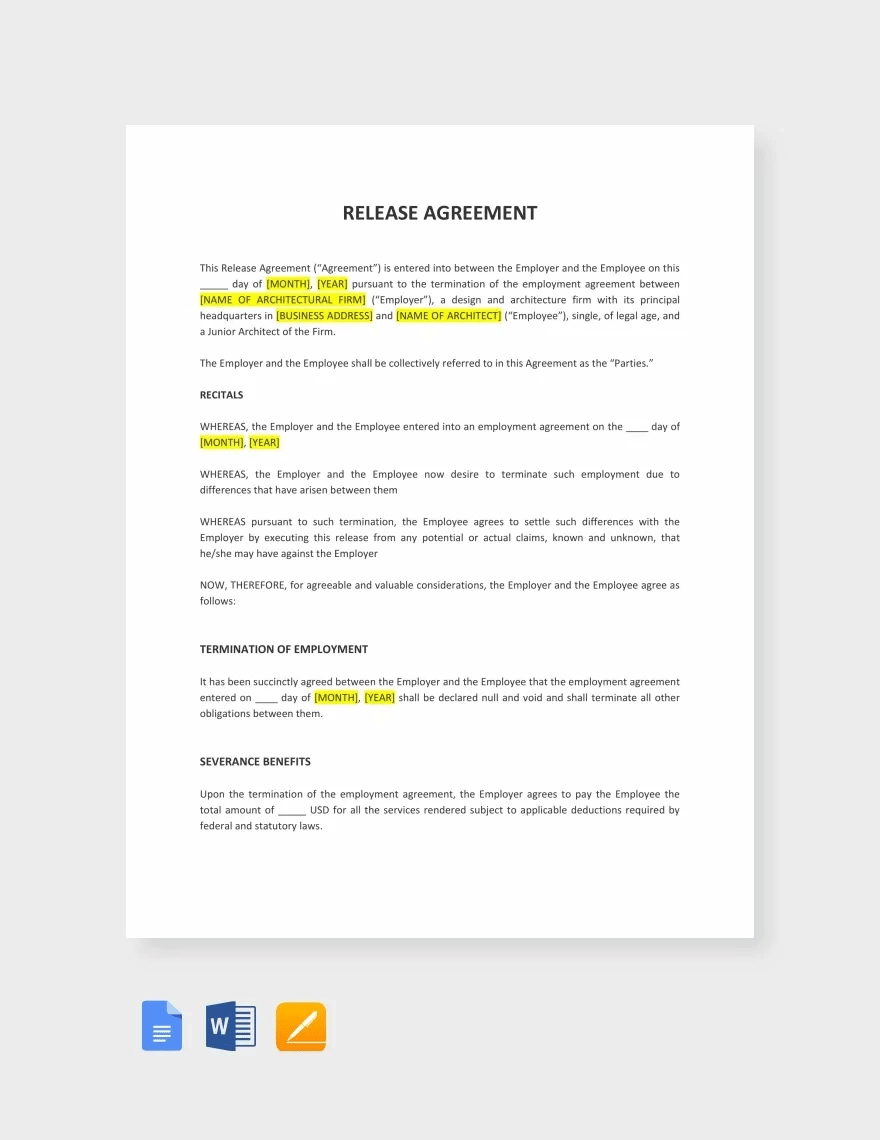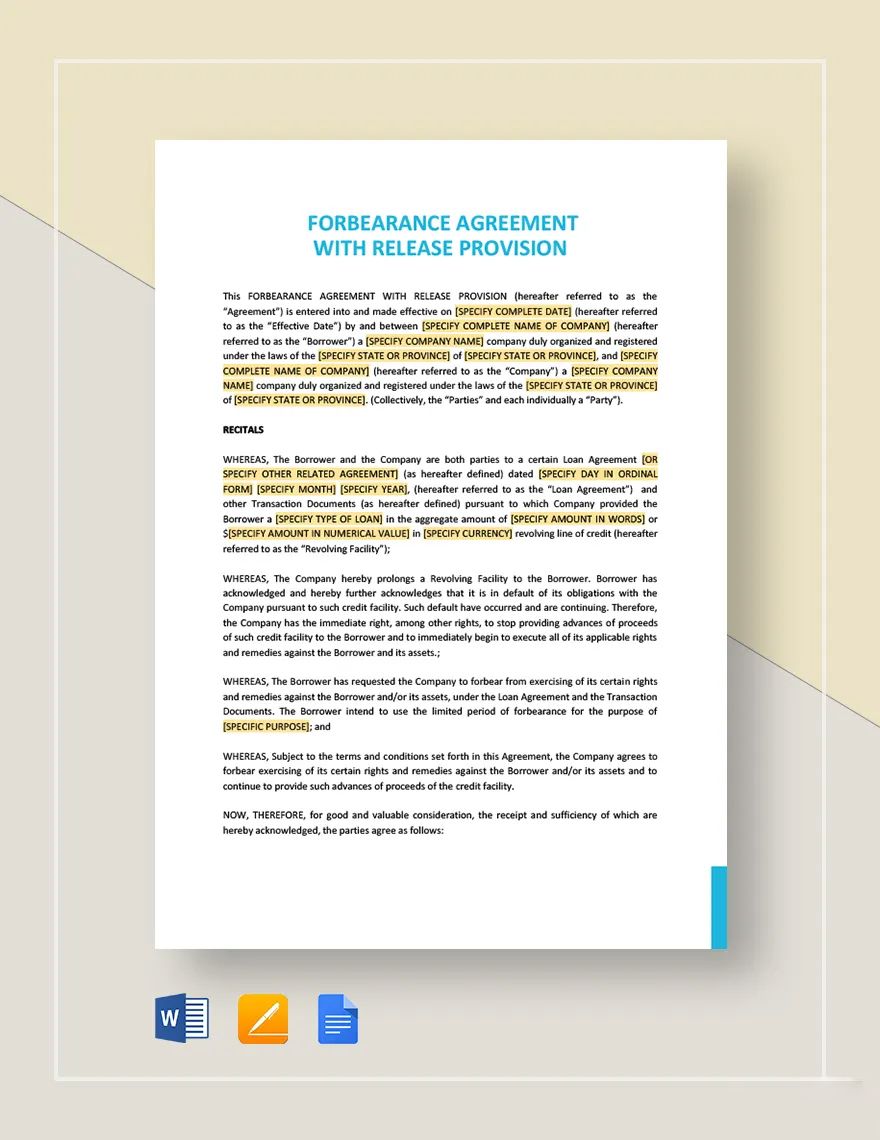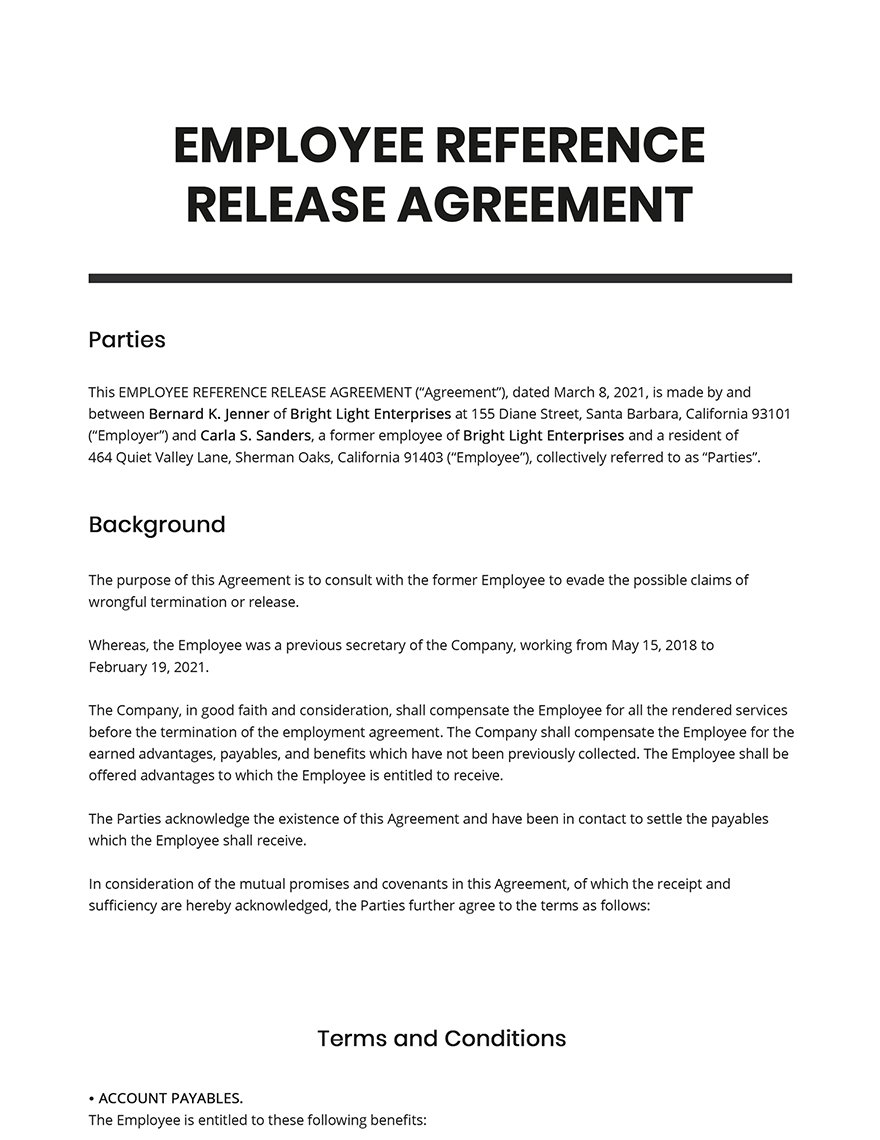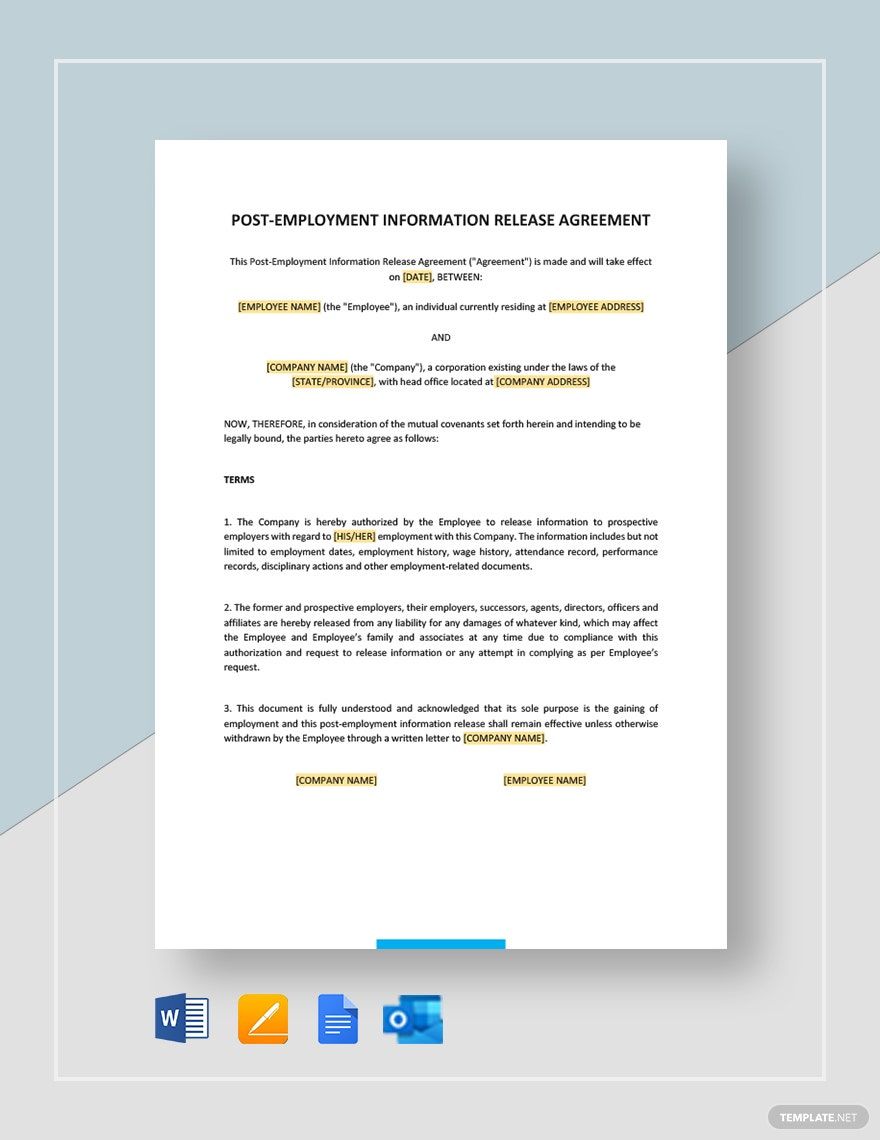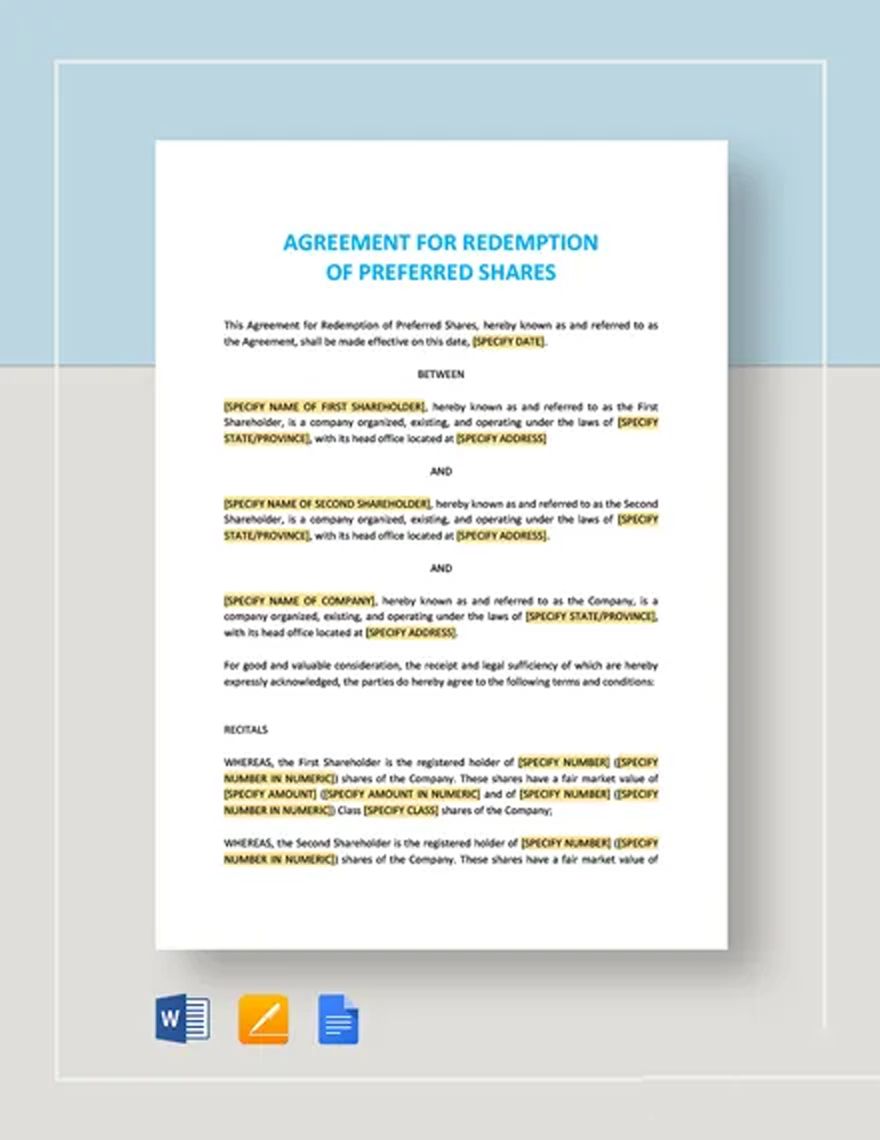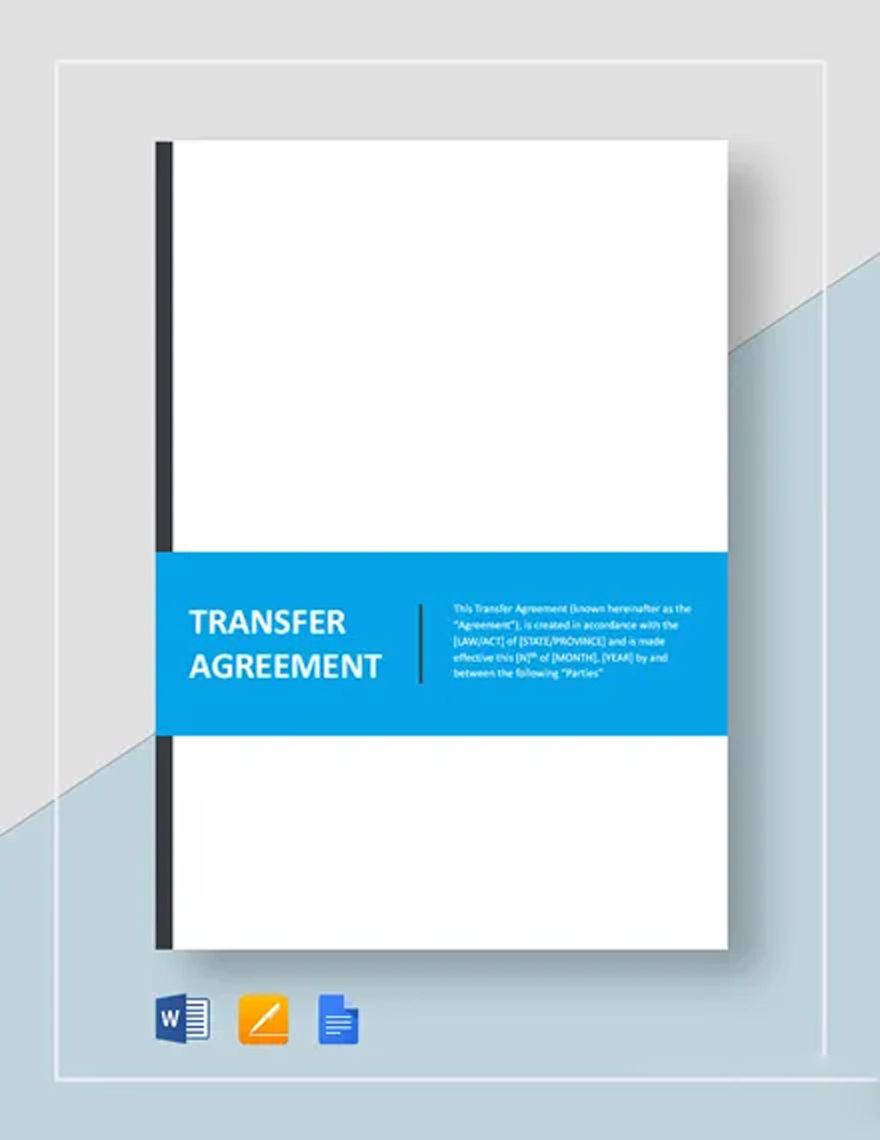Make your Legal Needs Come to Life with Release Agreement Templates from Template.net
Keep your legal team engaged, secure confidentiality agreements, and safeguard intellectual property effortlessly with Release Agreement Templates from Template.net. Designed for legal professionals and businesses, these templates enable you to streamline contract creation and management. Whether you're drafting a personal release for a photo shoot or setting up a business partnership, our templates ensure every detail is covered, including clauses, terms, and conditions, saving you time and ensuring legal compliance. Dive into the specifics with pre-drafted sections, like dates, location, or important parties involved, all incorporating a professional-grade design. Our templates require no complex legal skills, making them accessible for all while maintaining top-tier quality and professionalism.
Discover the many Release Agreement Templates we have on hand, each tailored for specific needs and sectors. Select a template that suits your project, easily swap in your assets, and tweak colors and fonts to match your brand identity. Elevate your agreements with advanced touches such as dragging-and-dropping icons and graphics or utilizing AI-powered text tools for precision and impact. With endless possibilities and no specialized skill required, you can explore creatively. Our library is continuously updated with new designs, ensuring you have the most relevant templates at your fingertips. When you’re finished, download your customized agreement or share it via email to make collaboration seamless and efficient.


